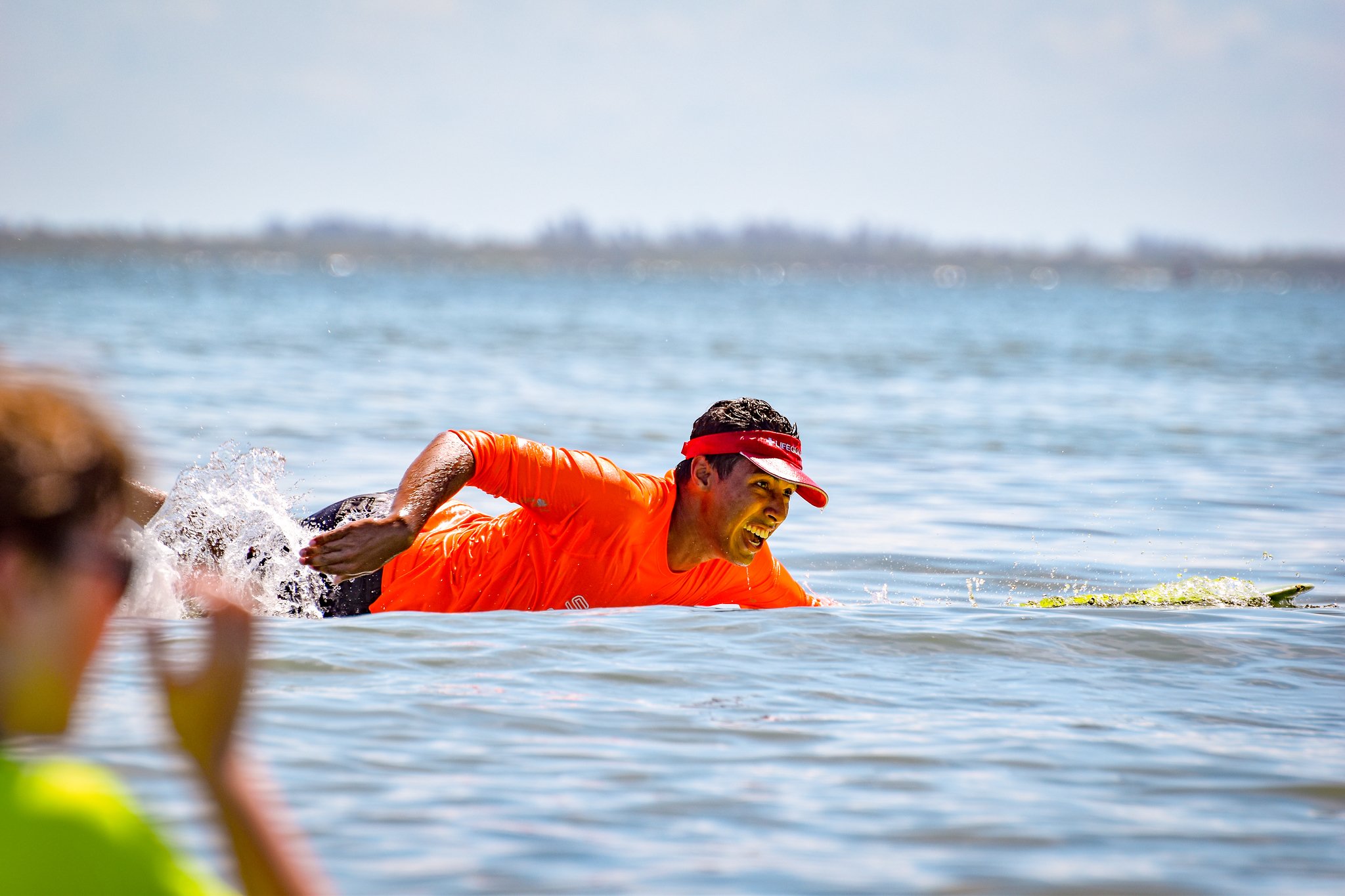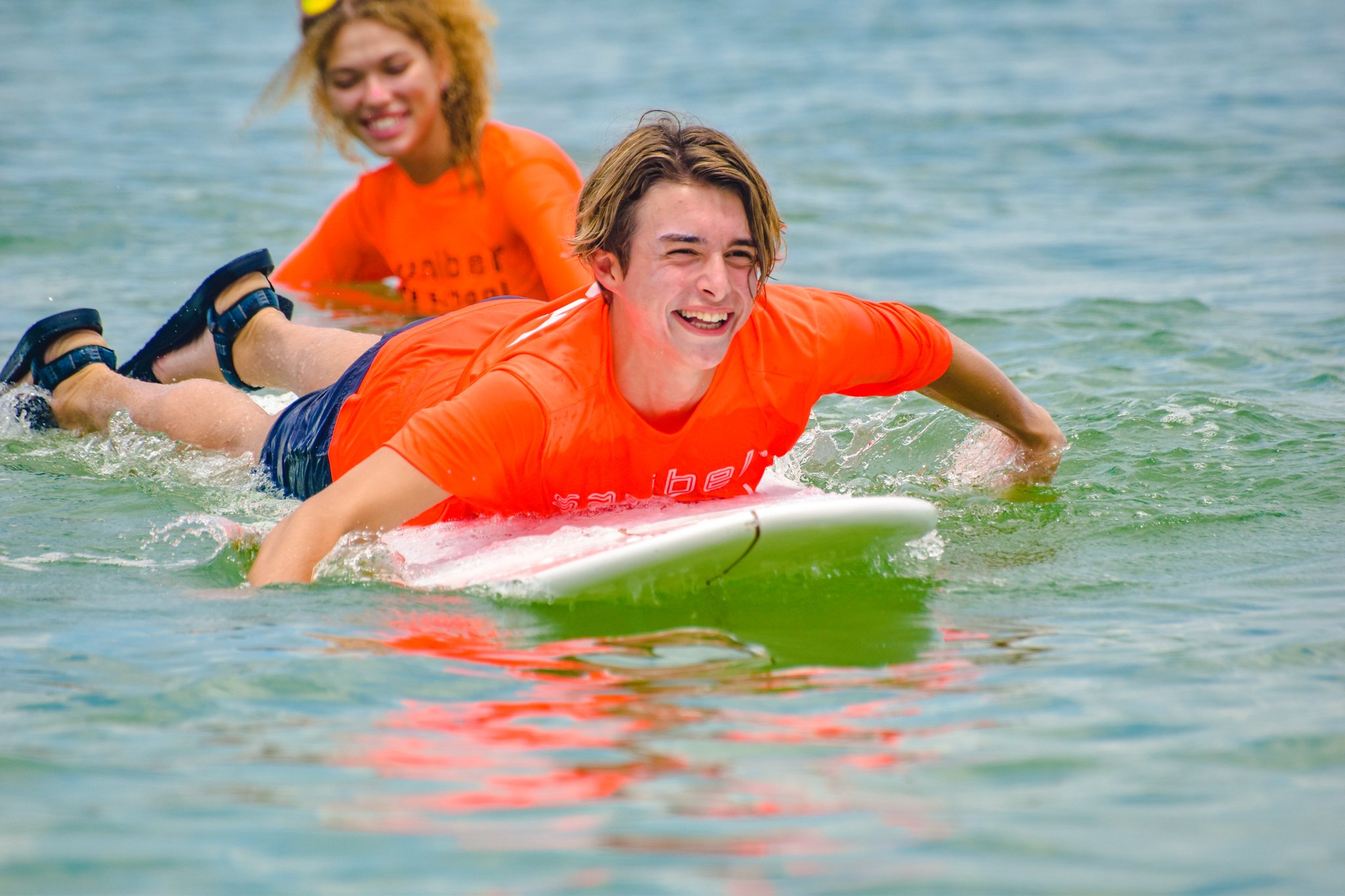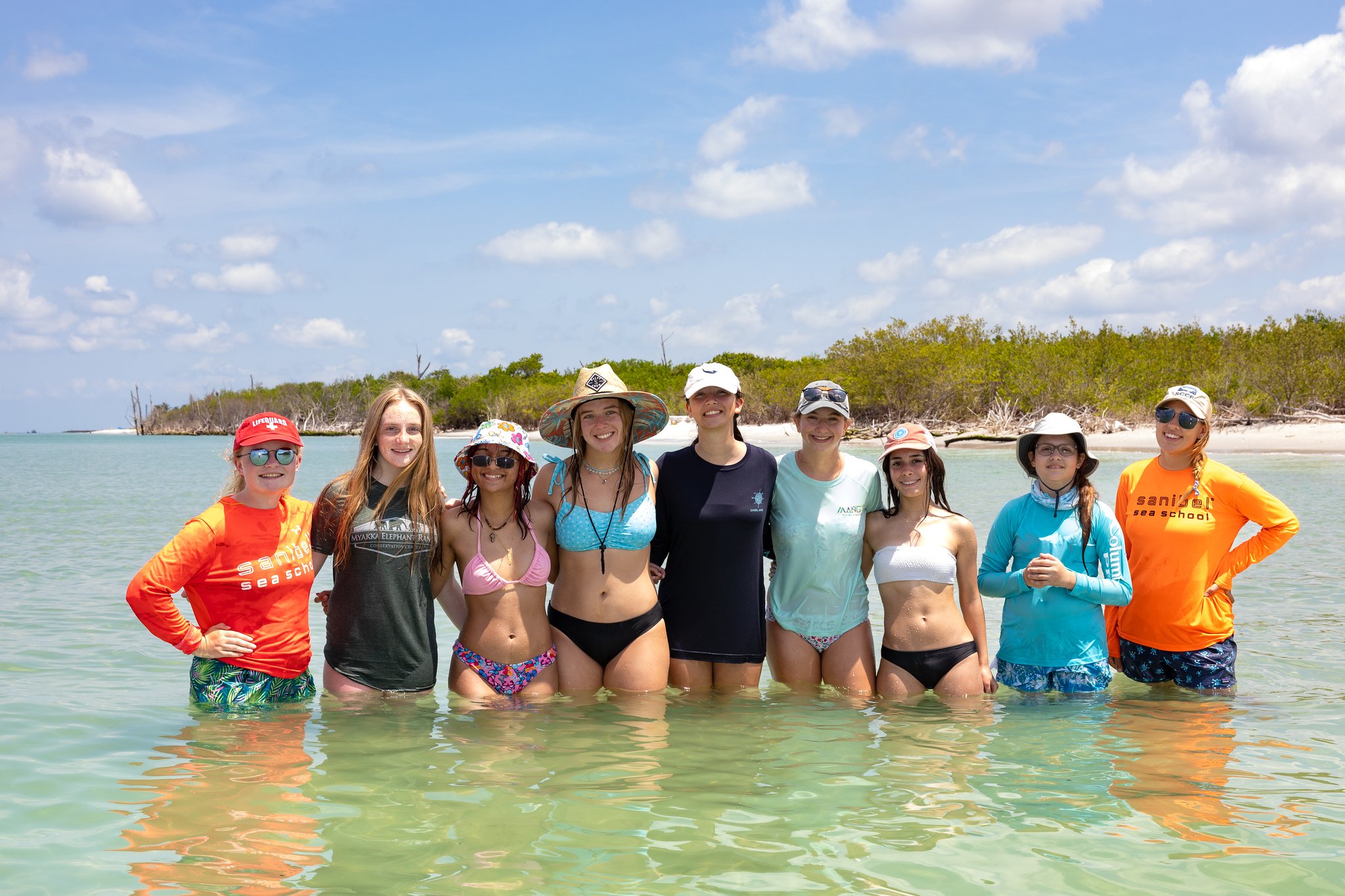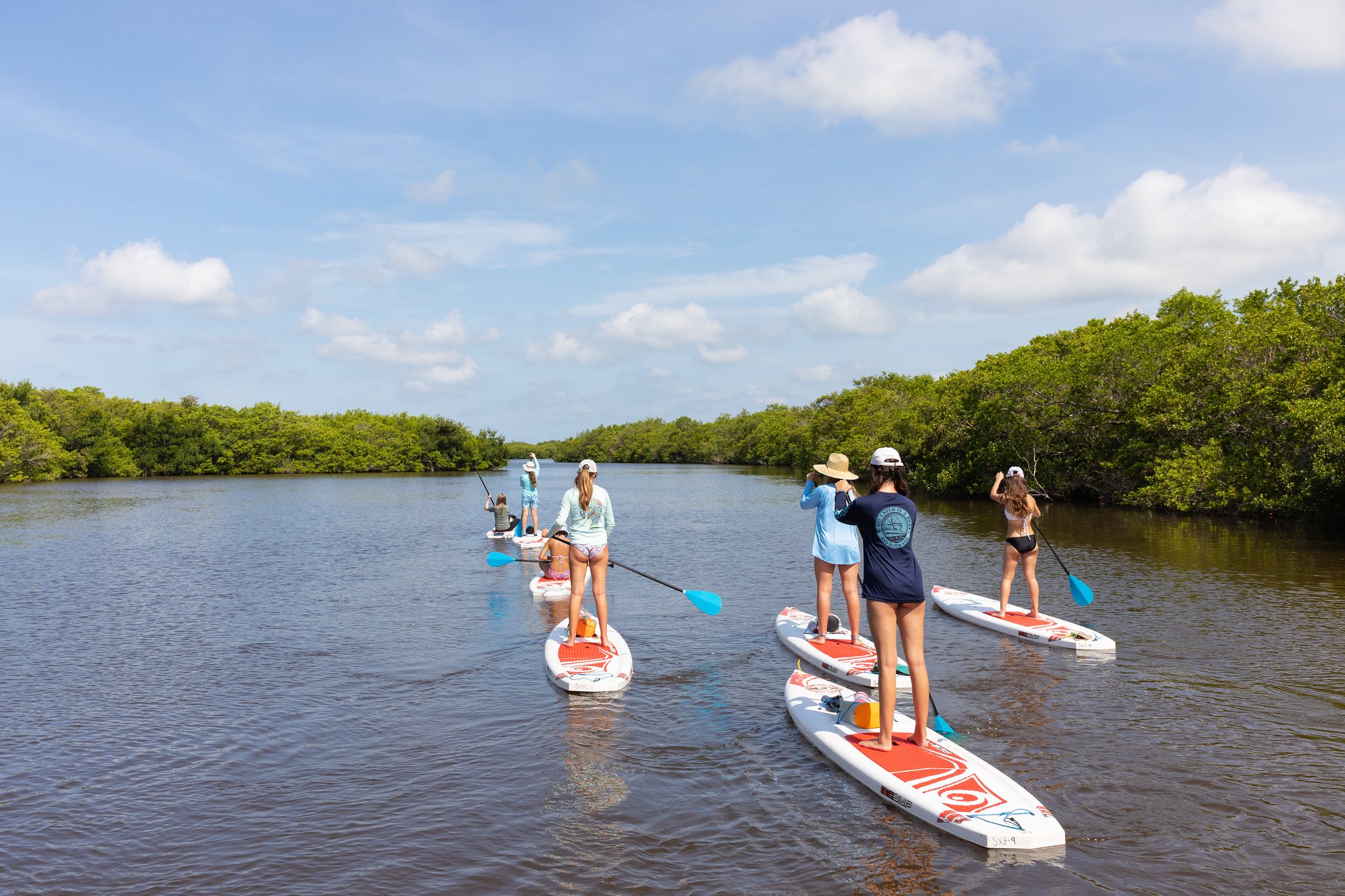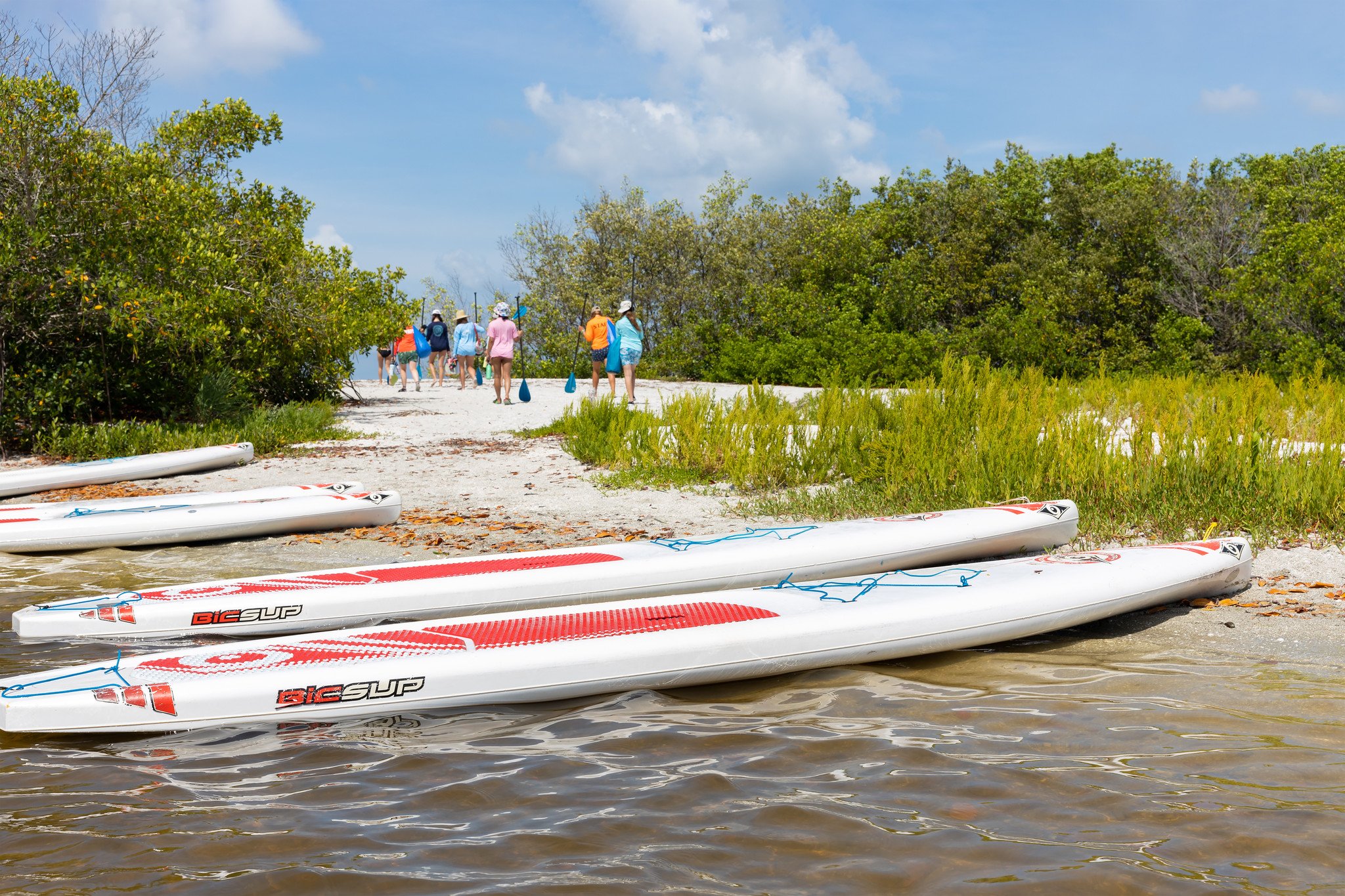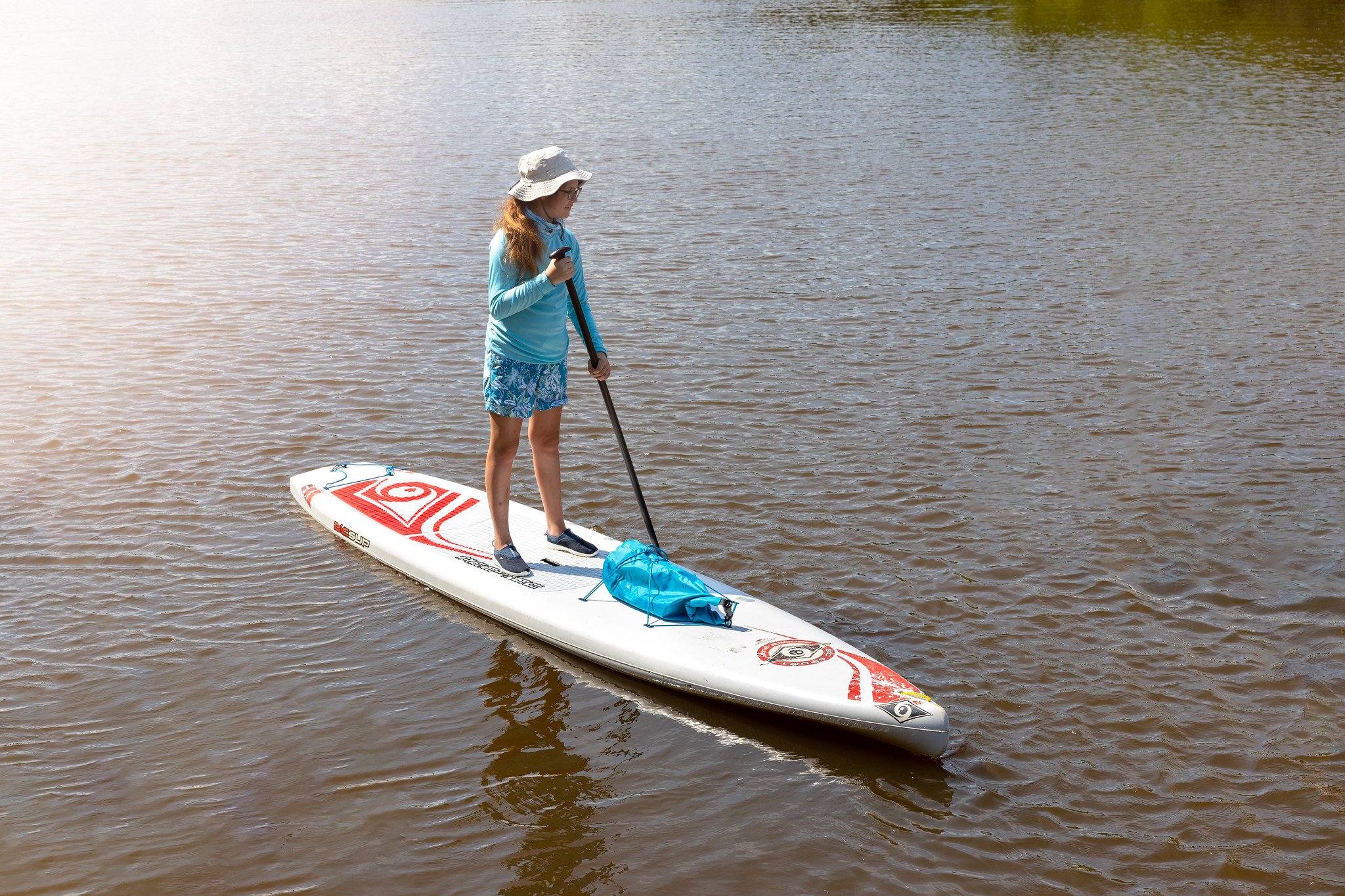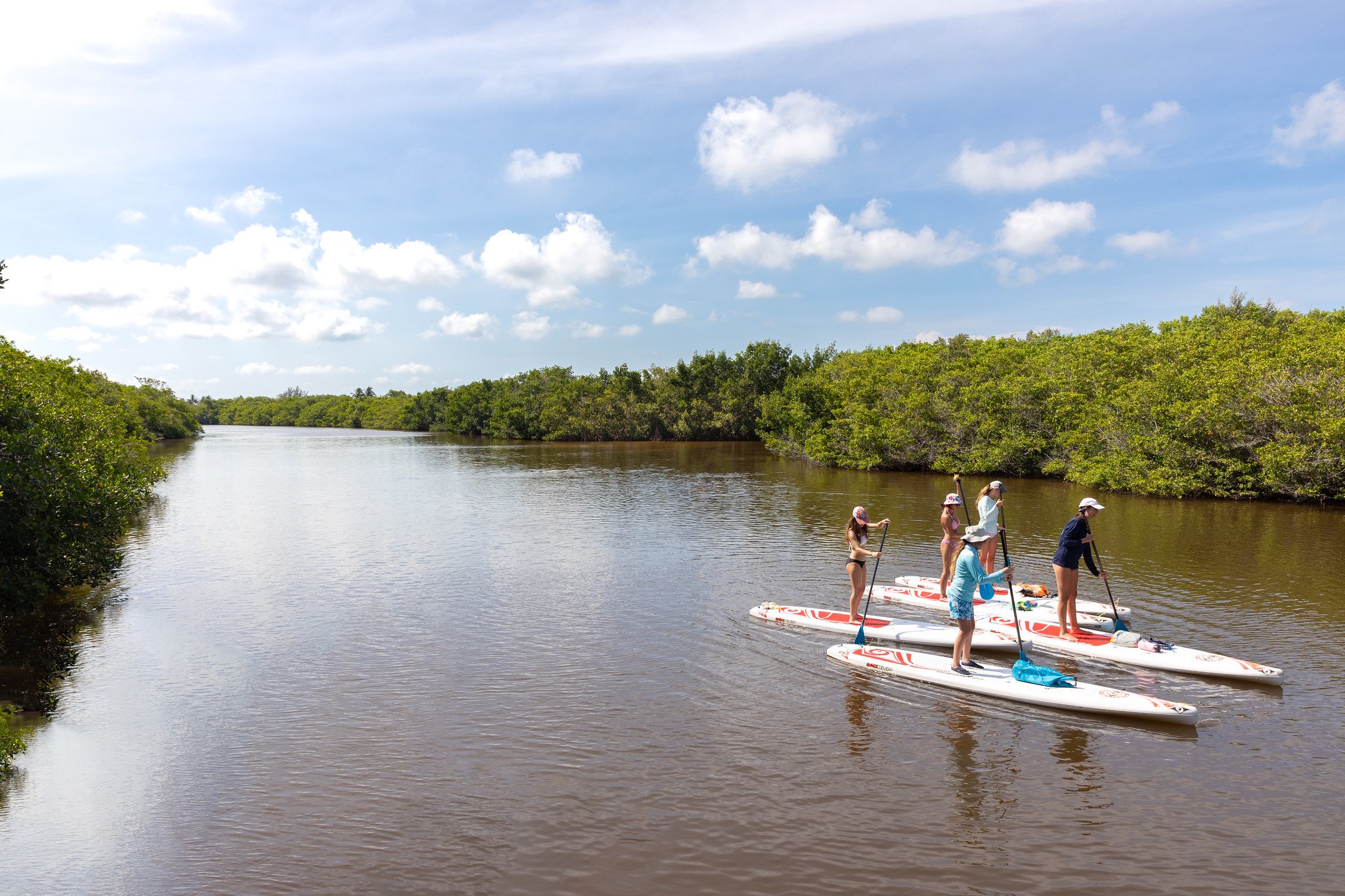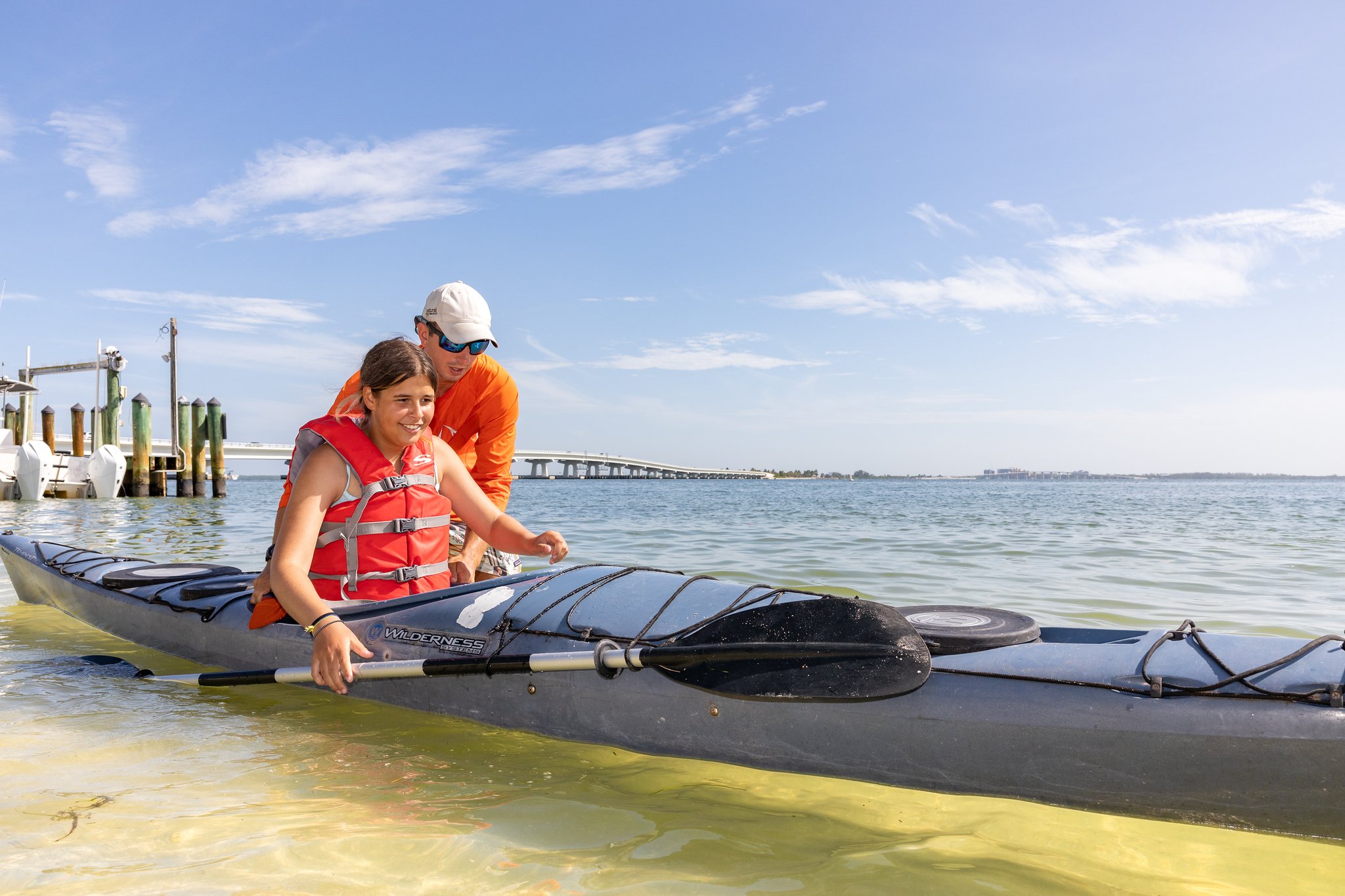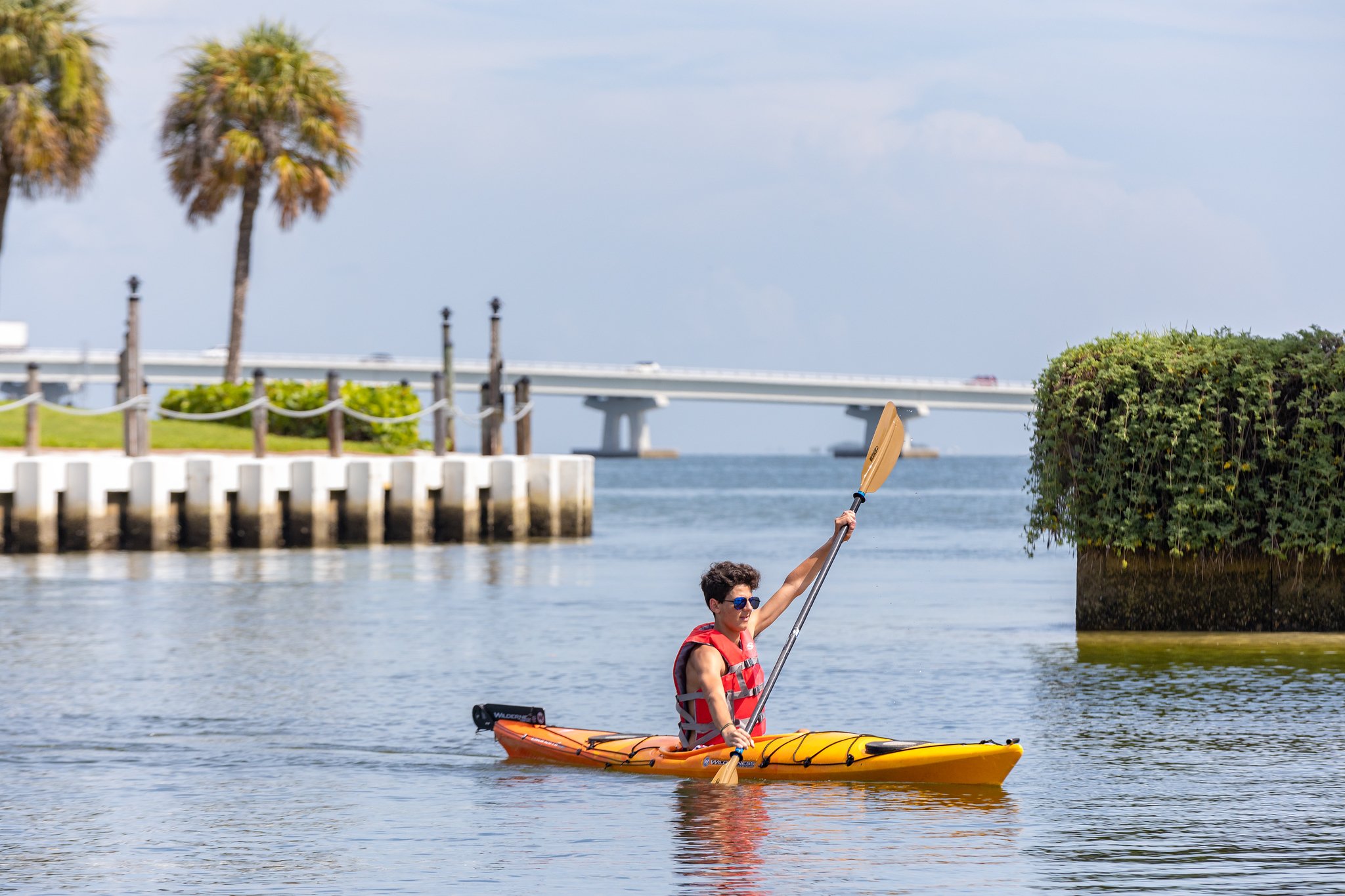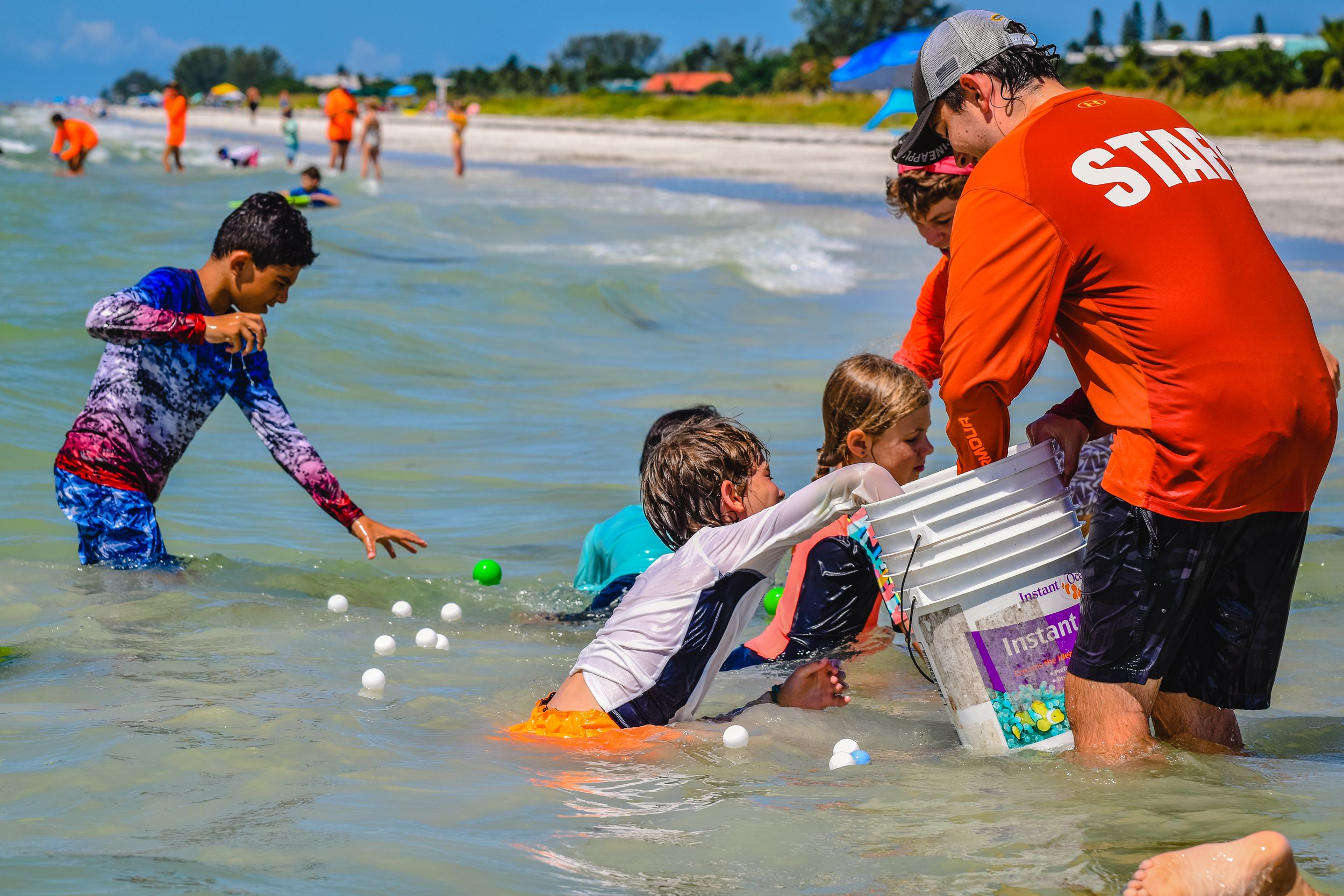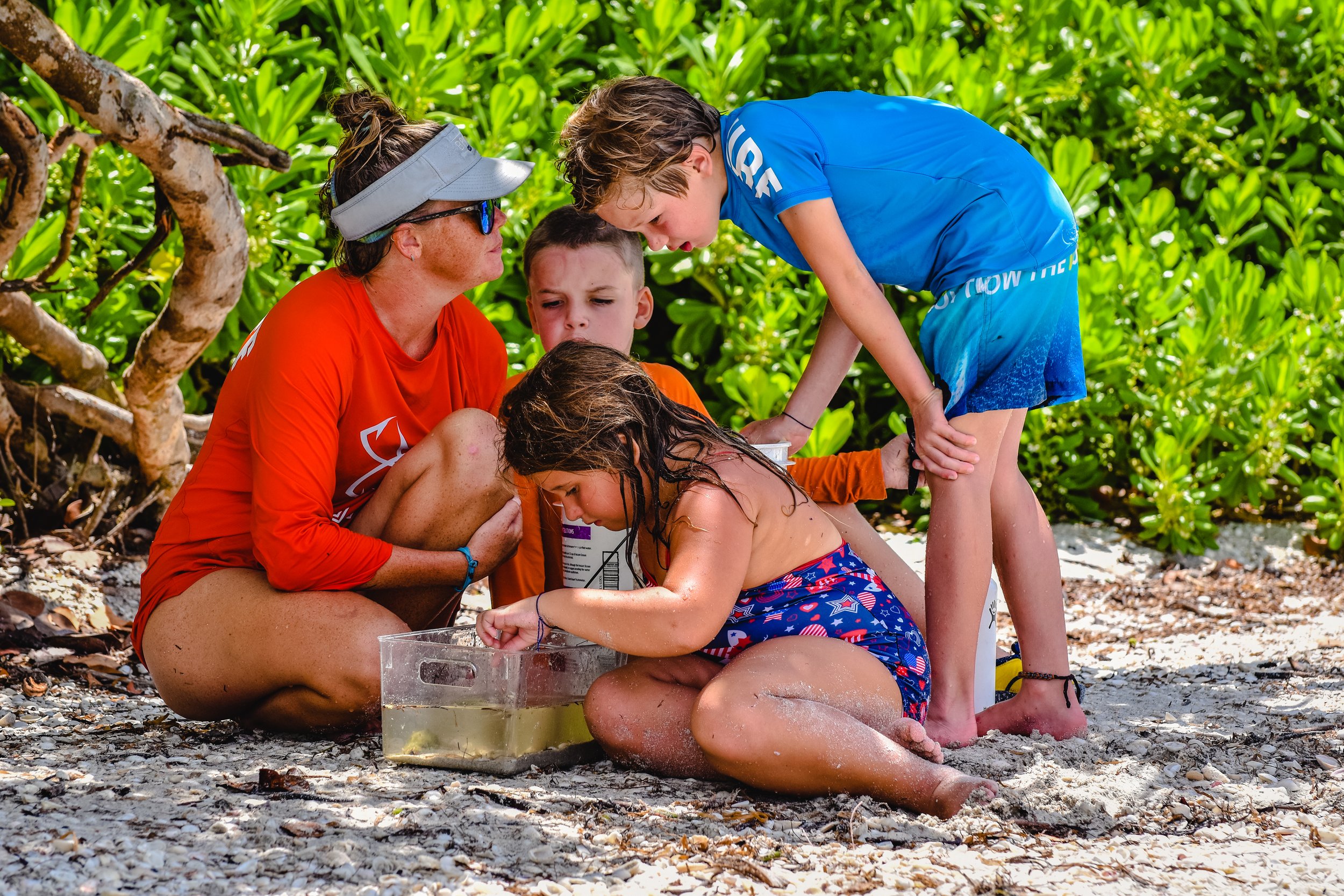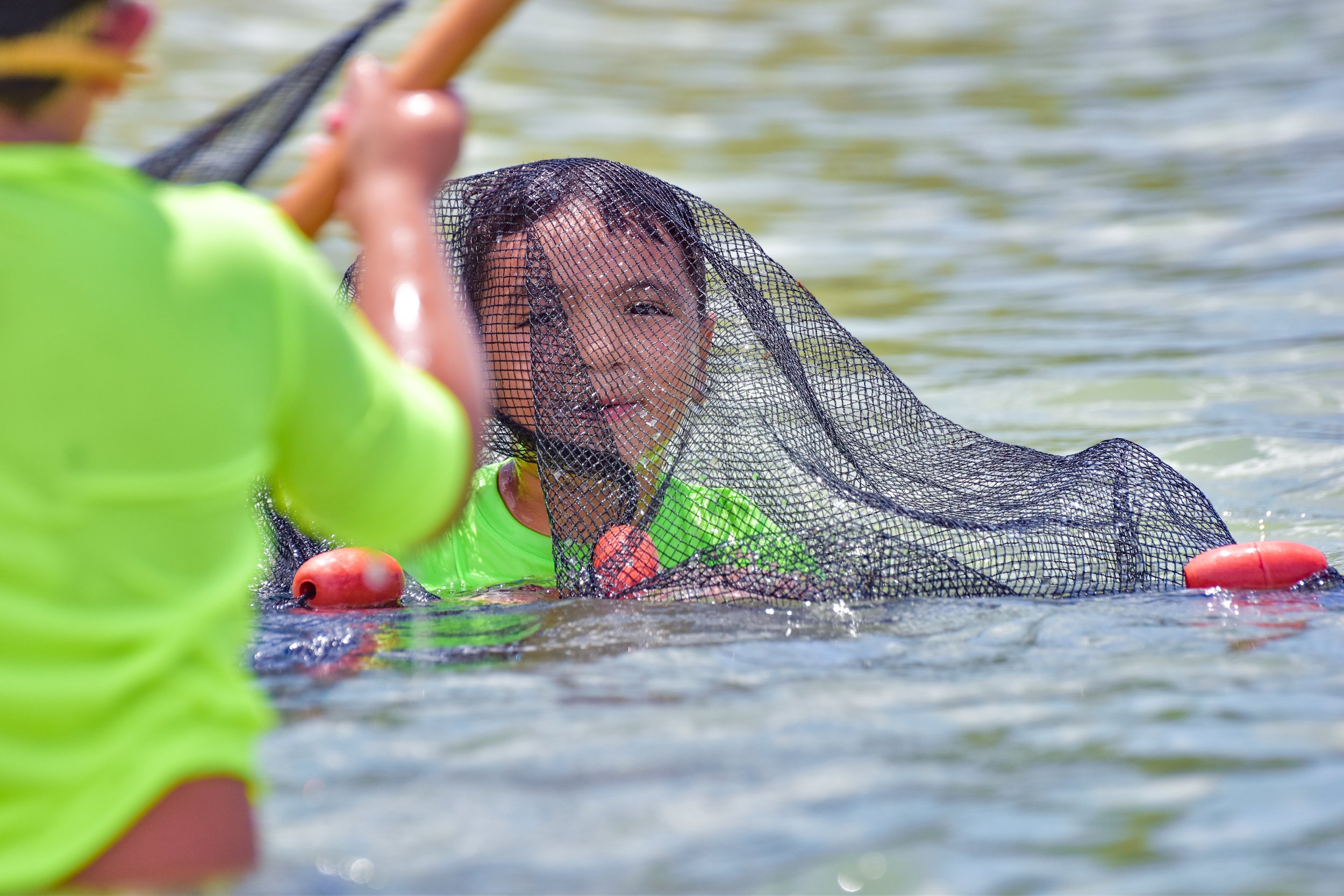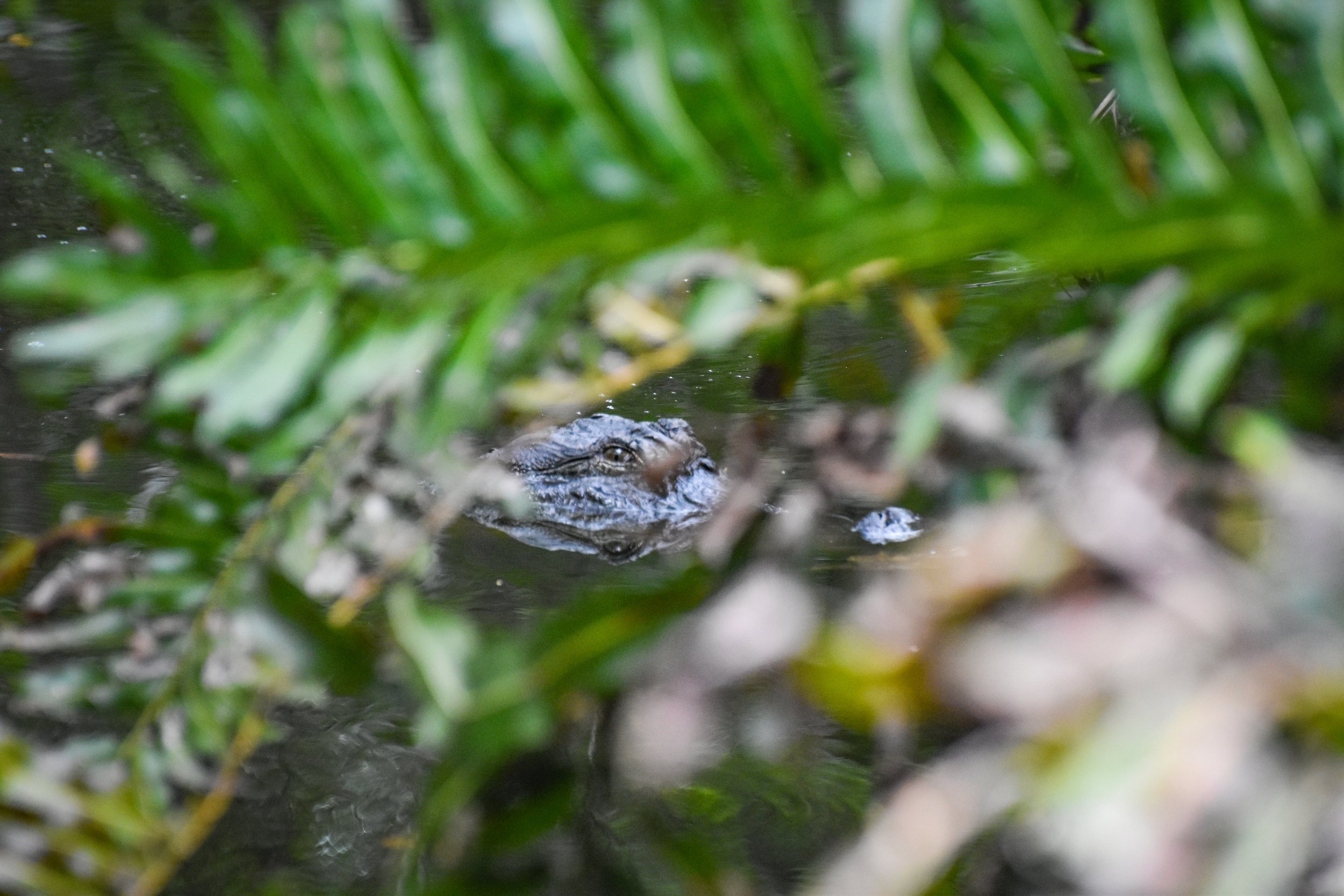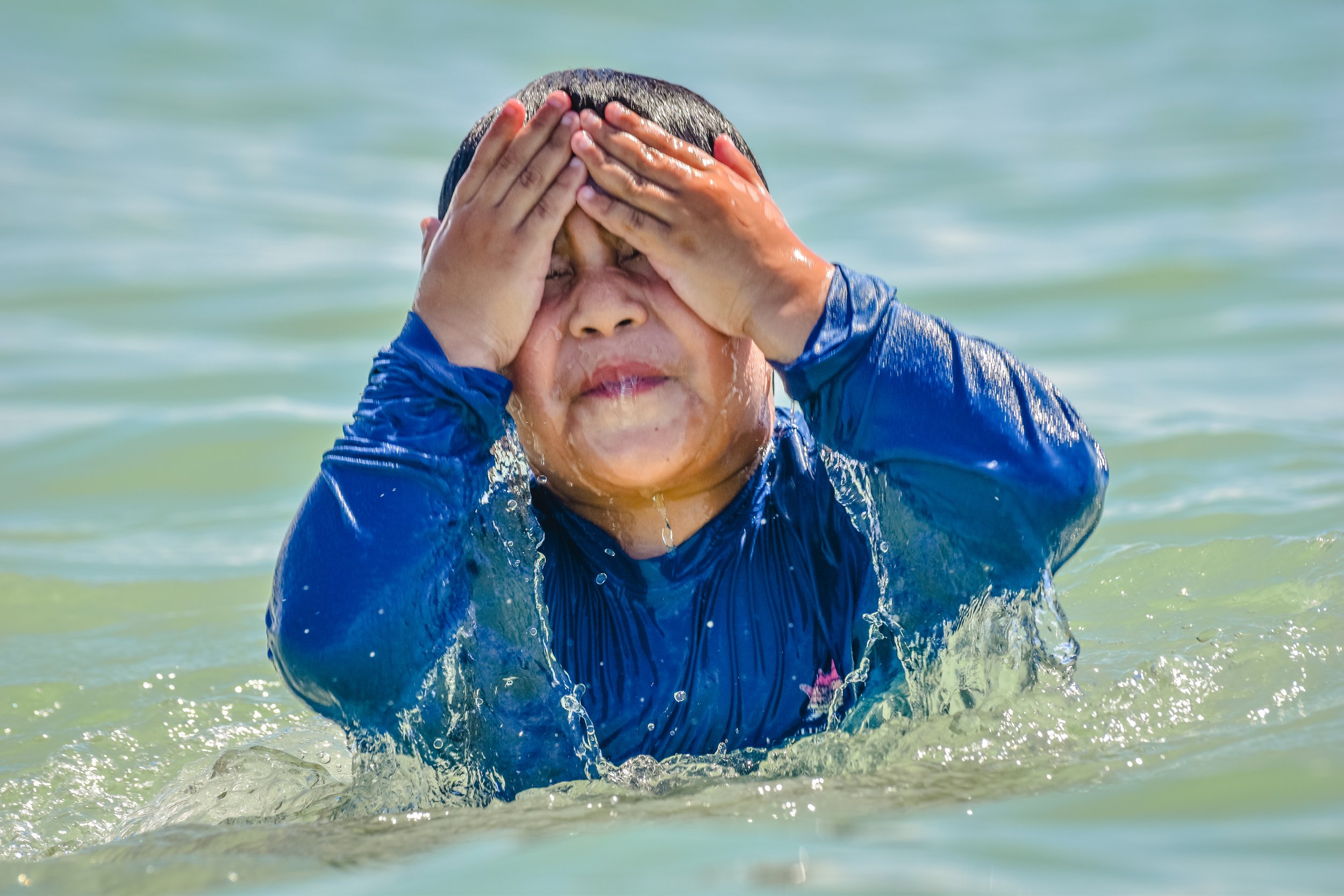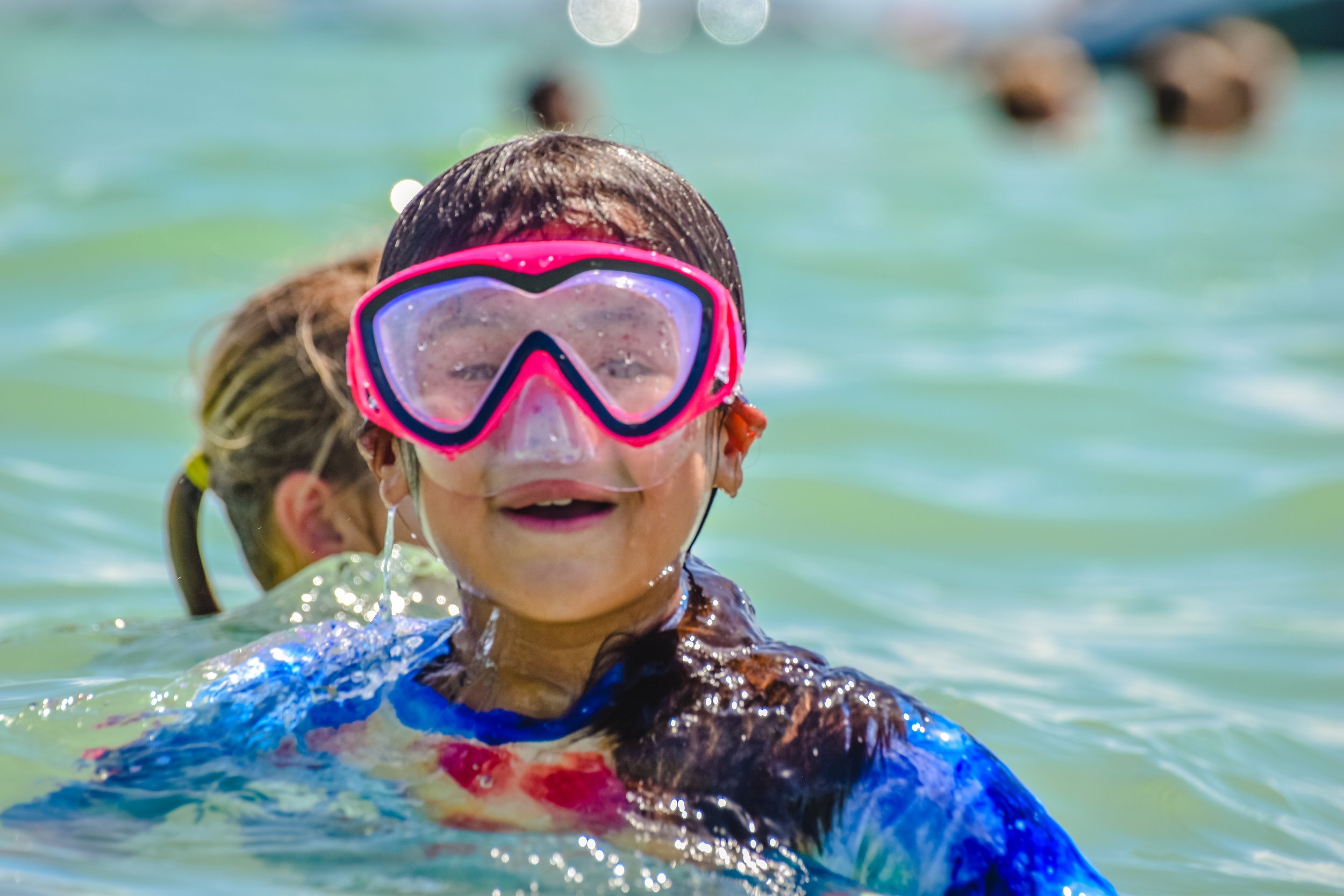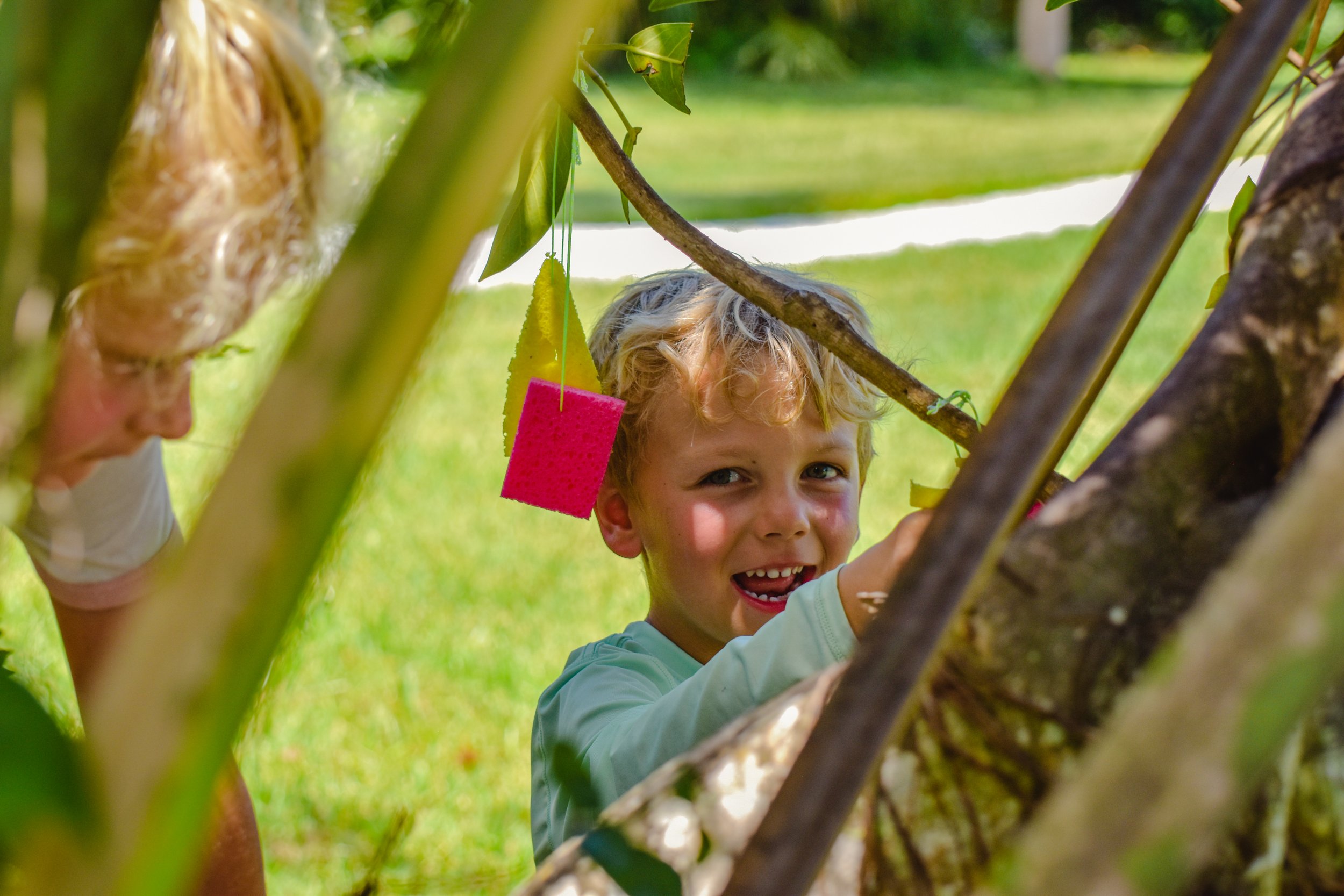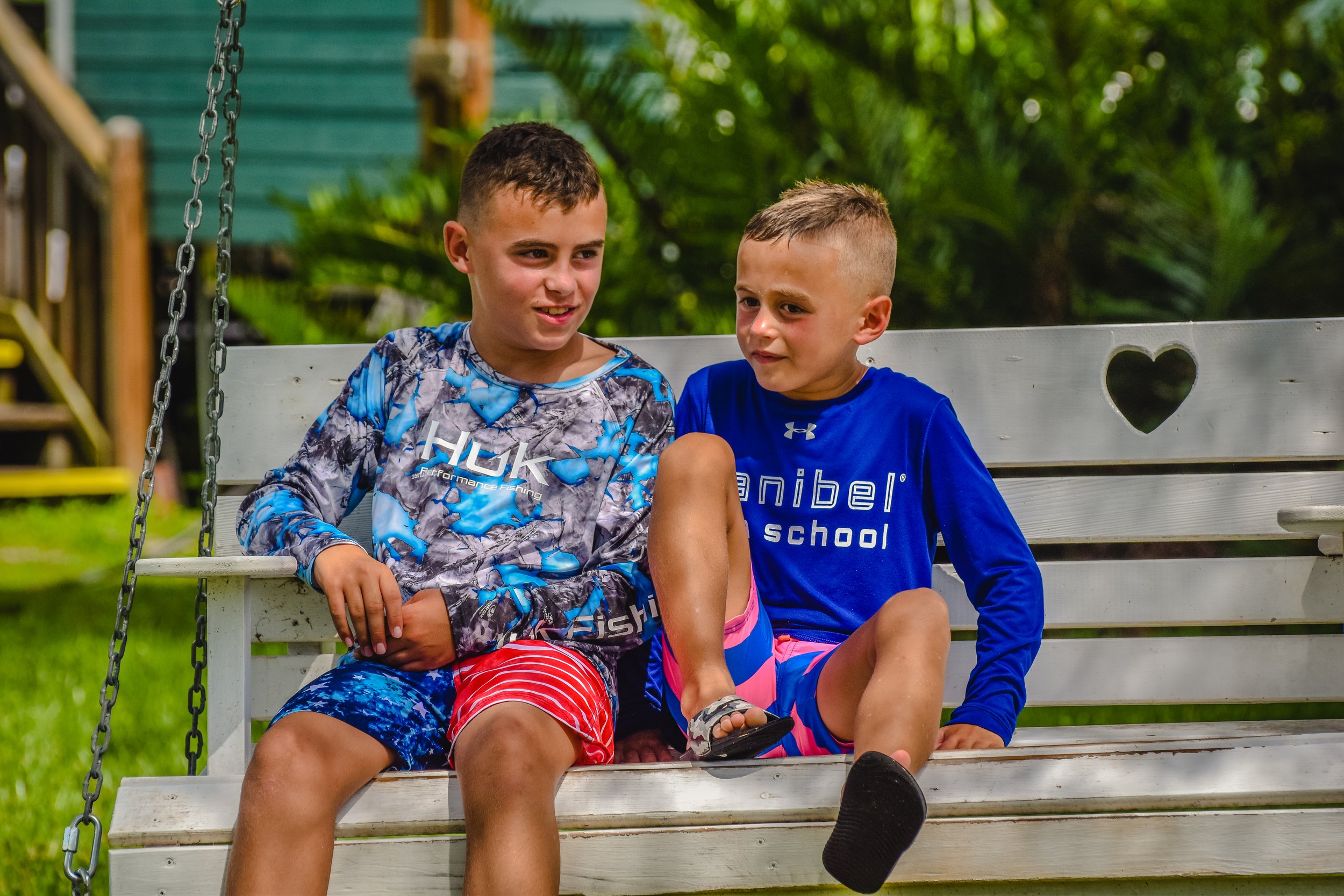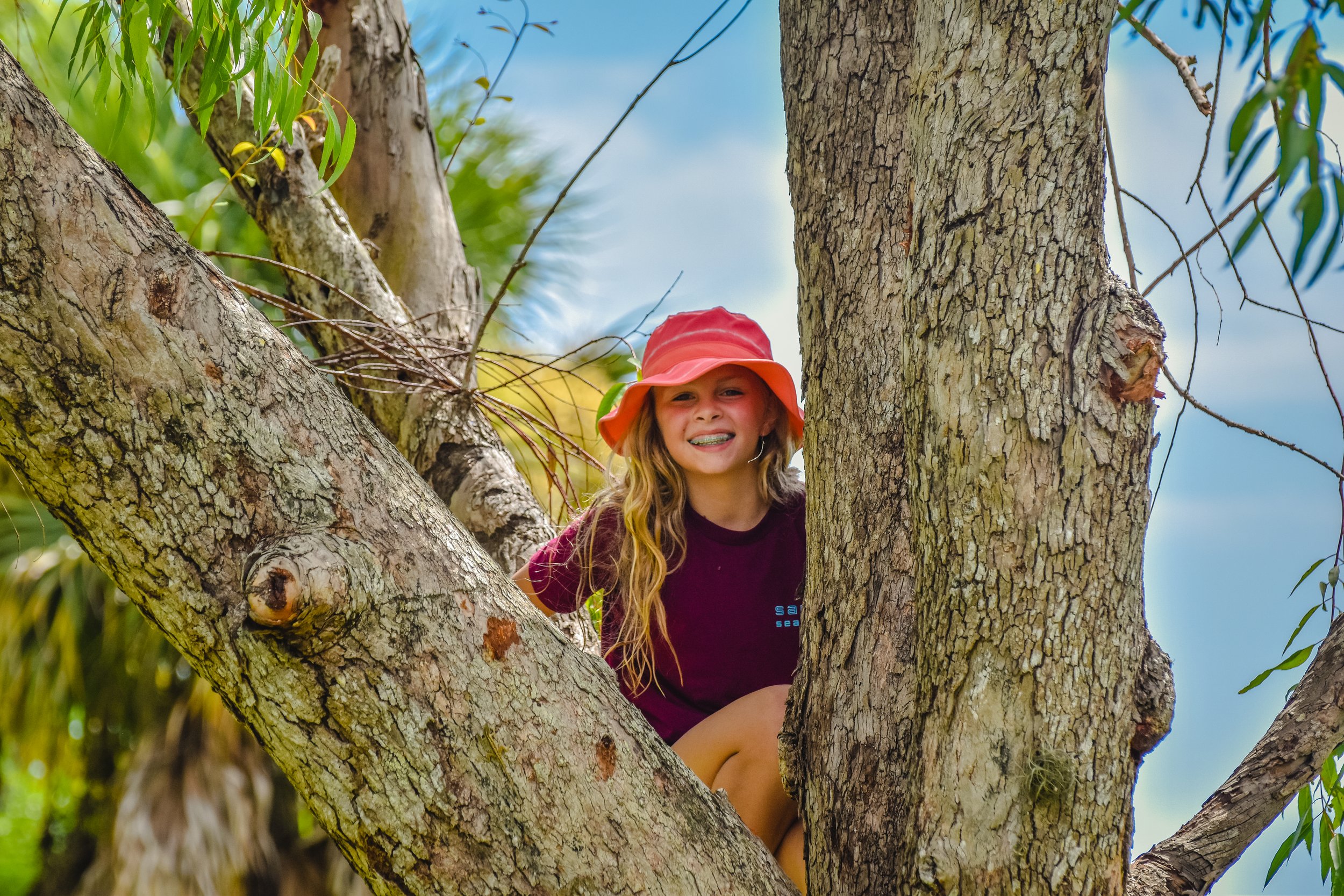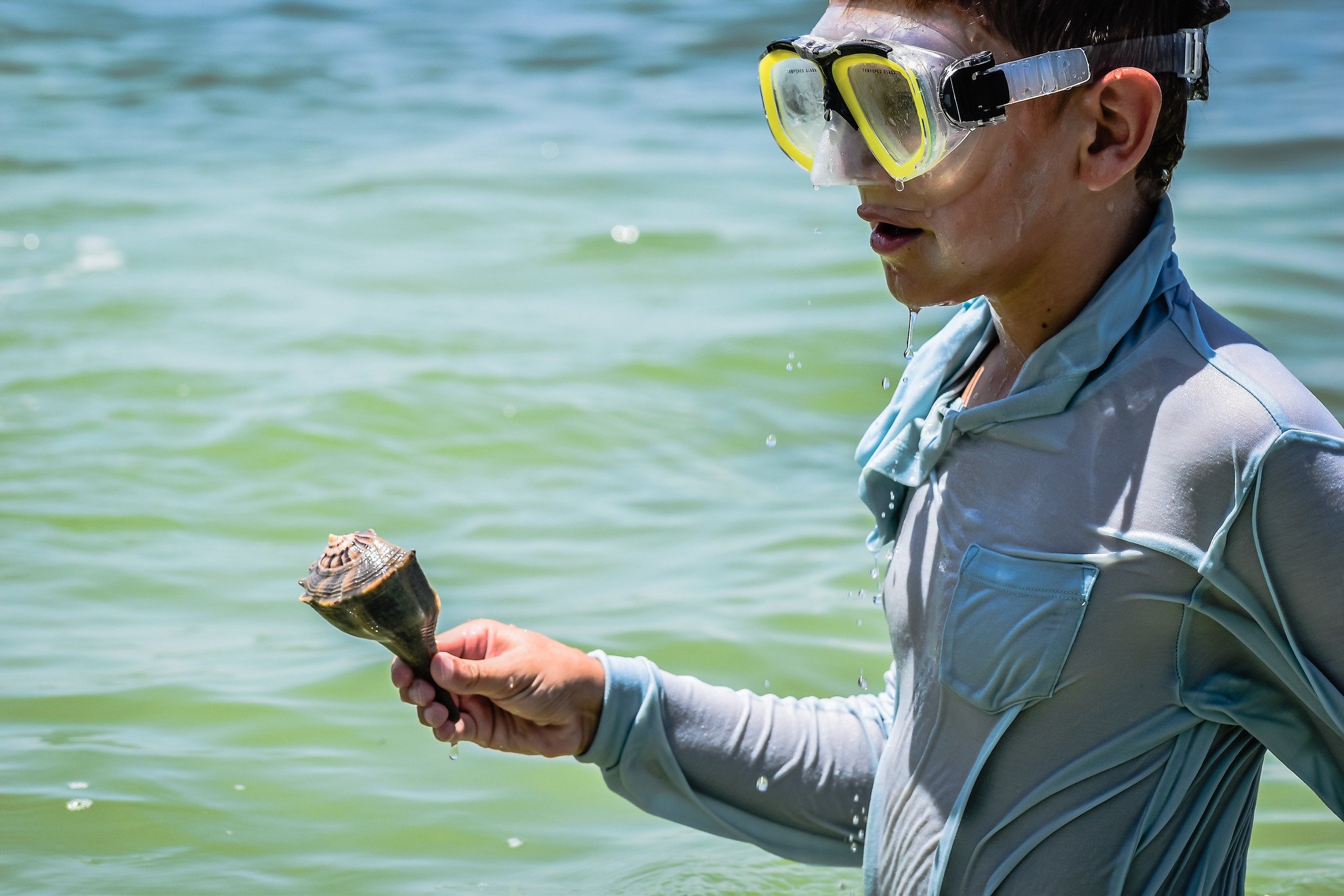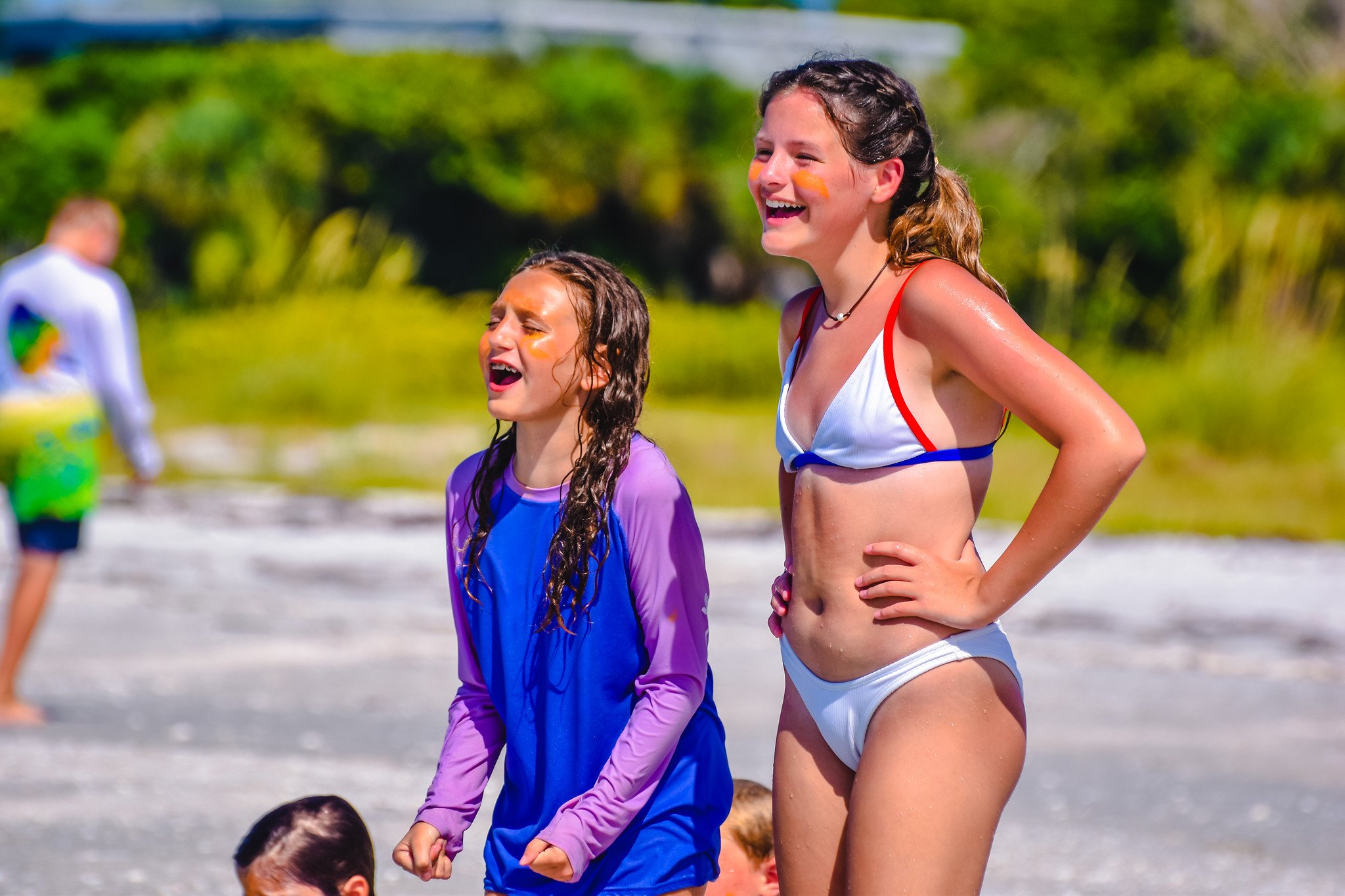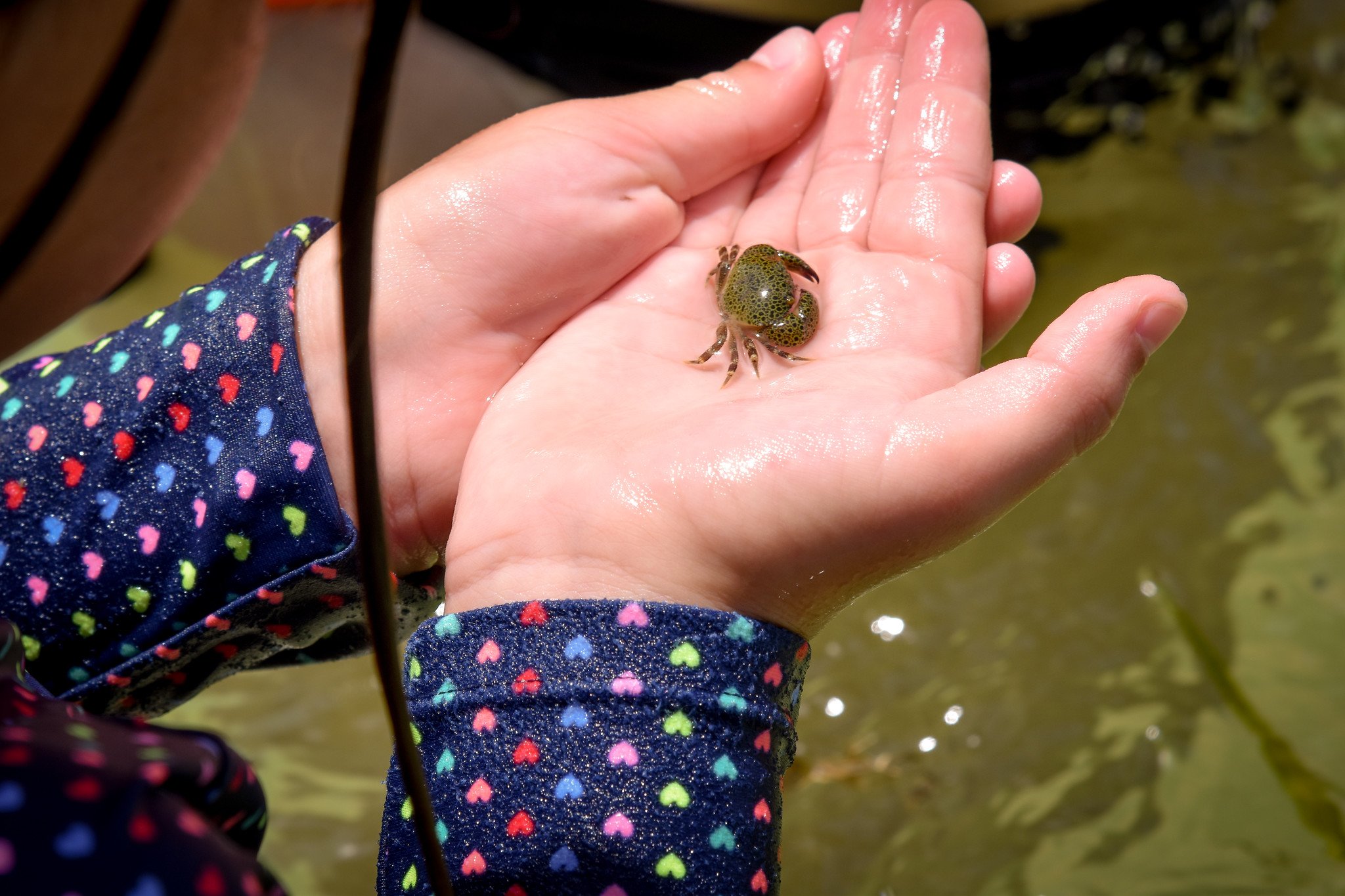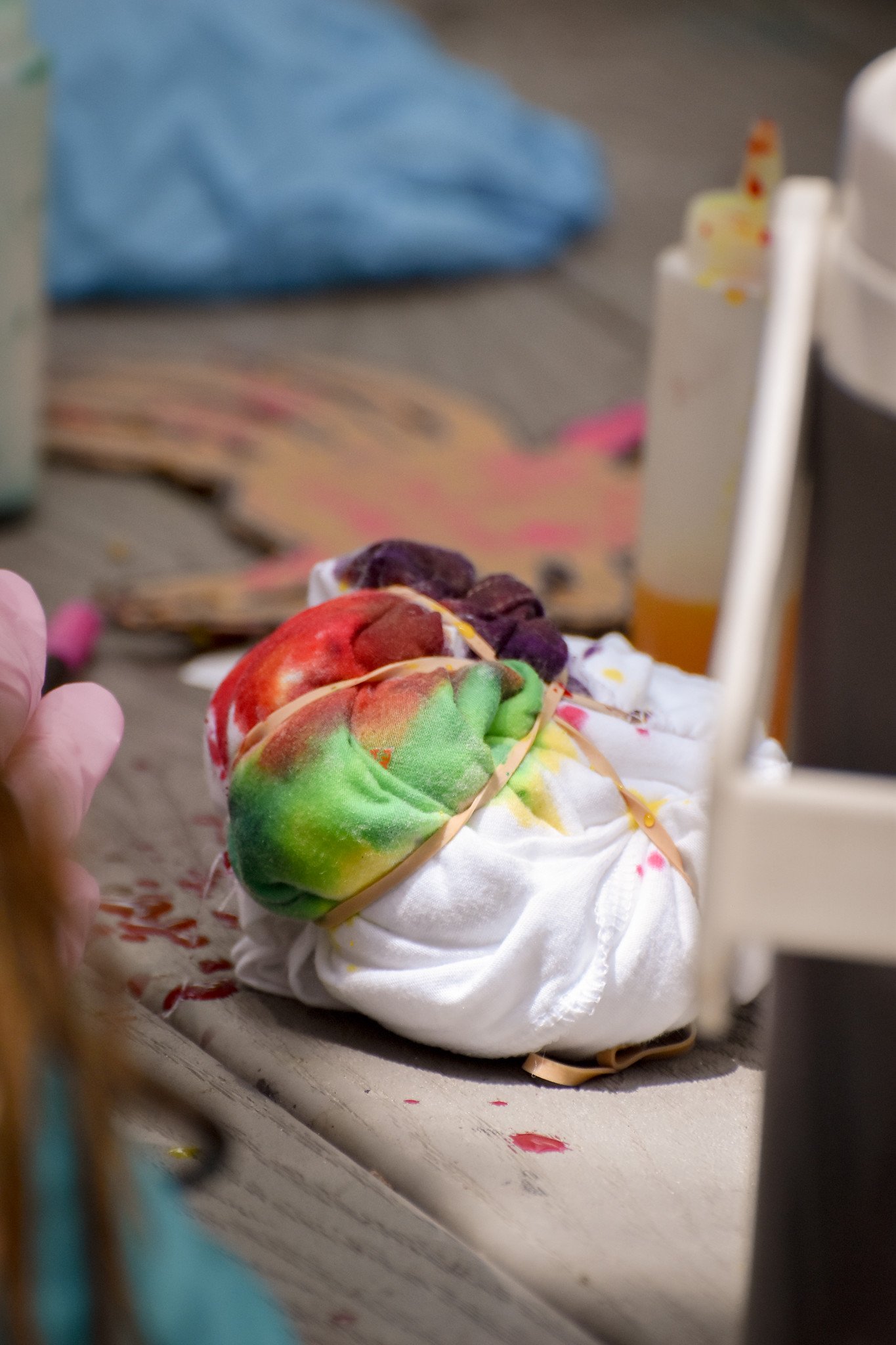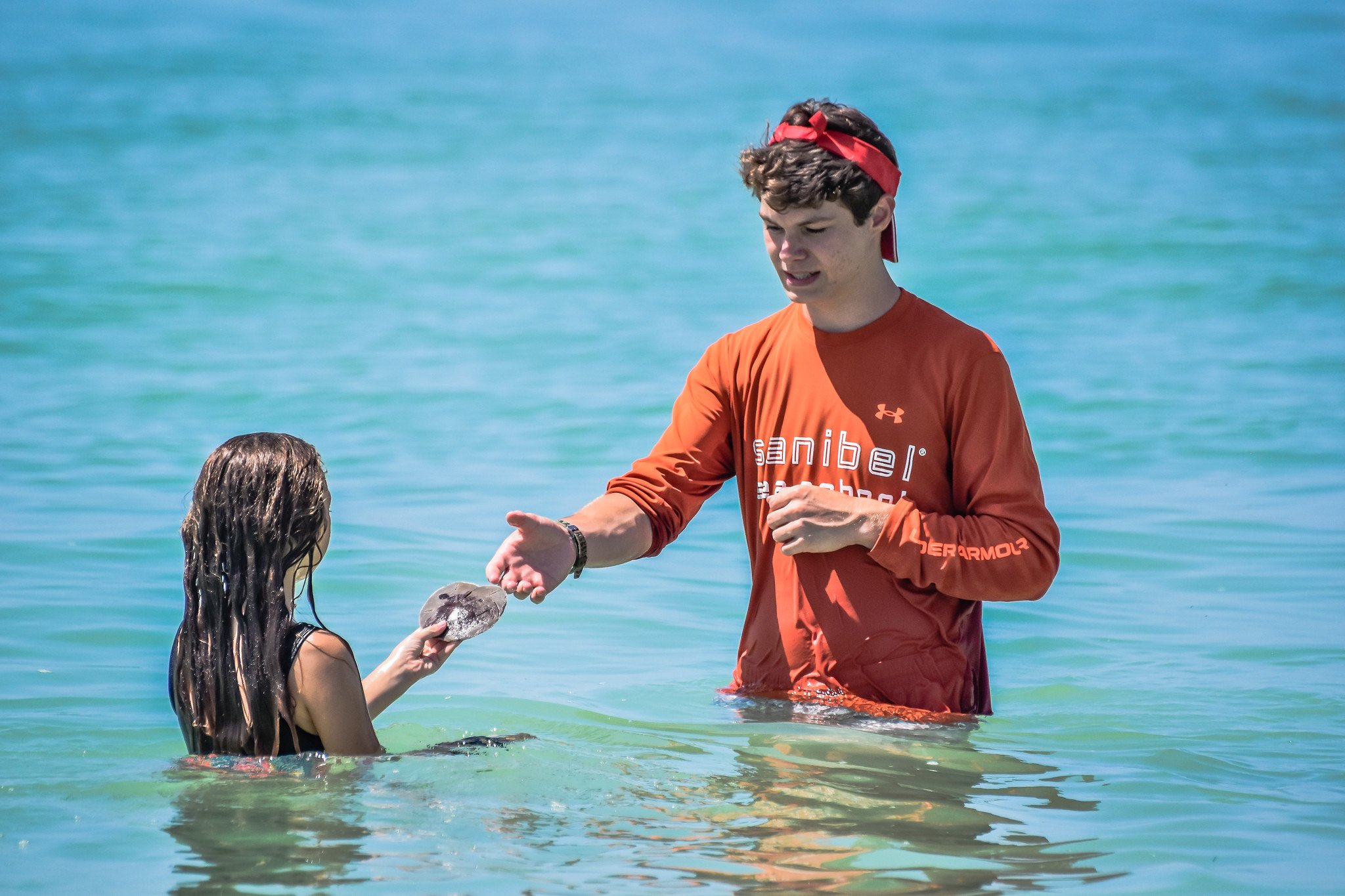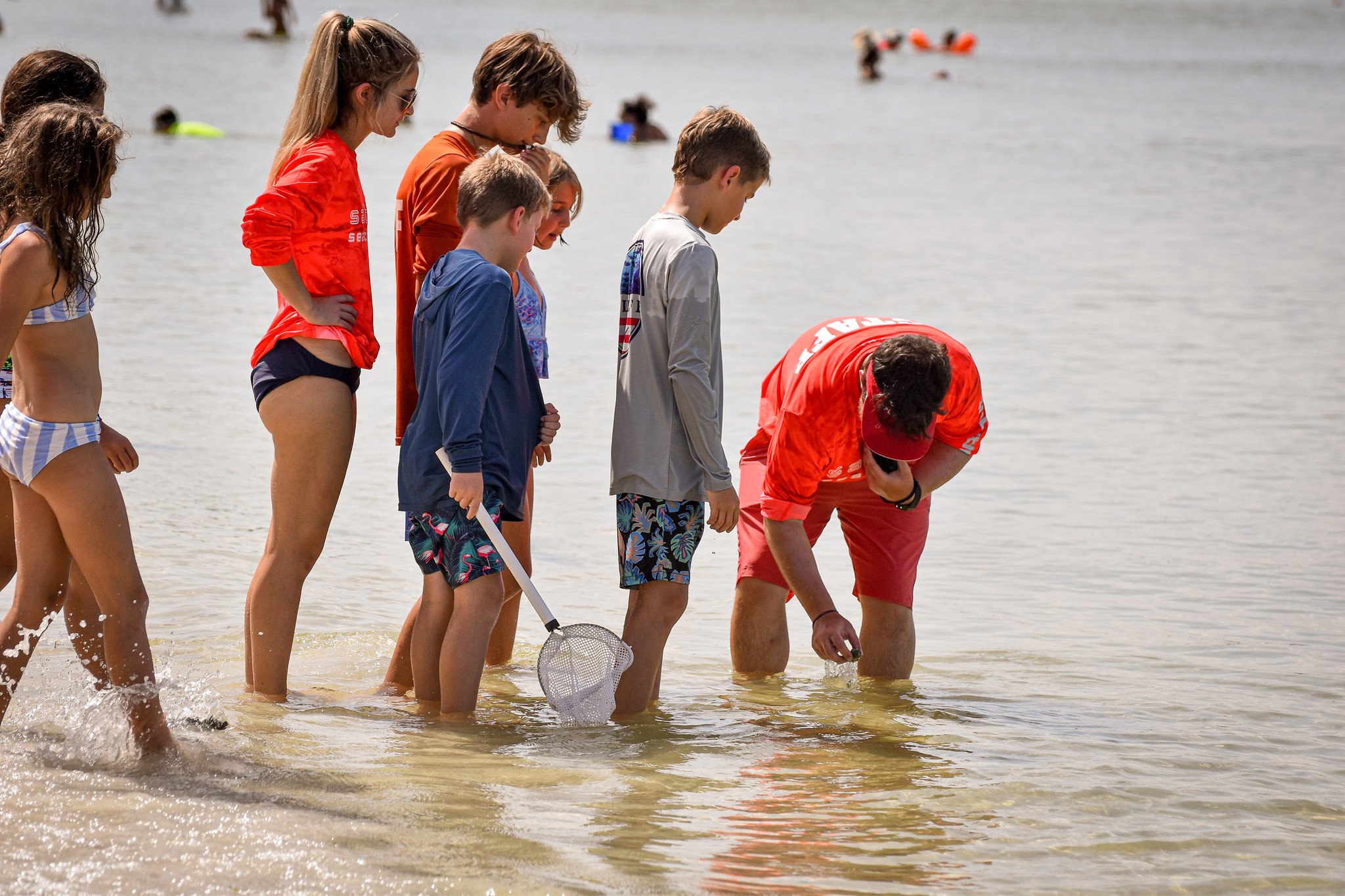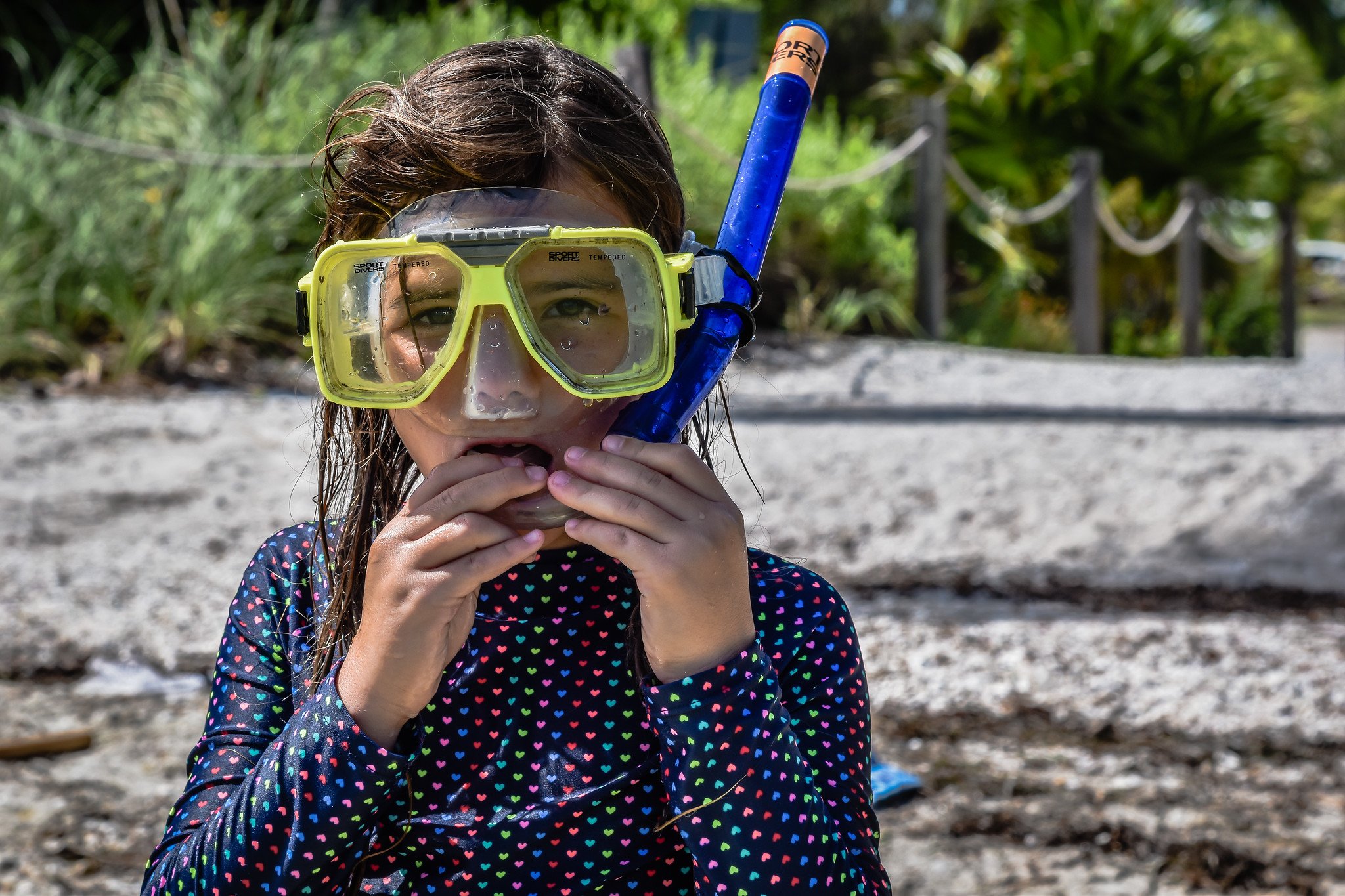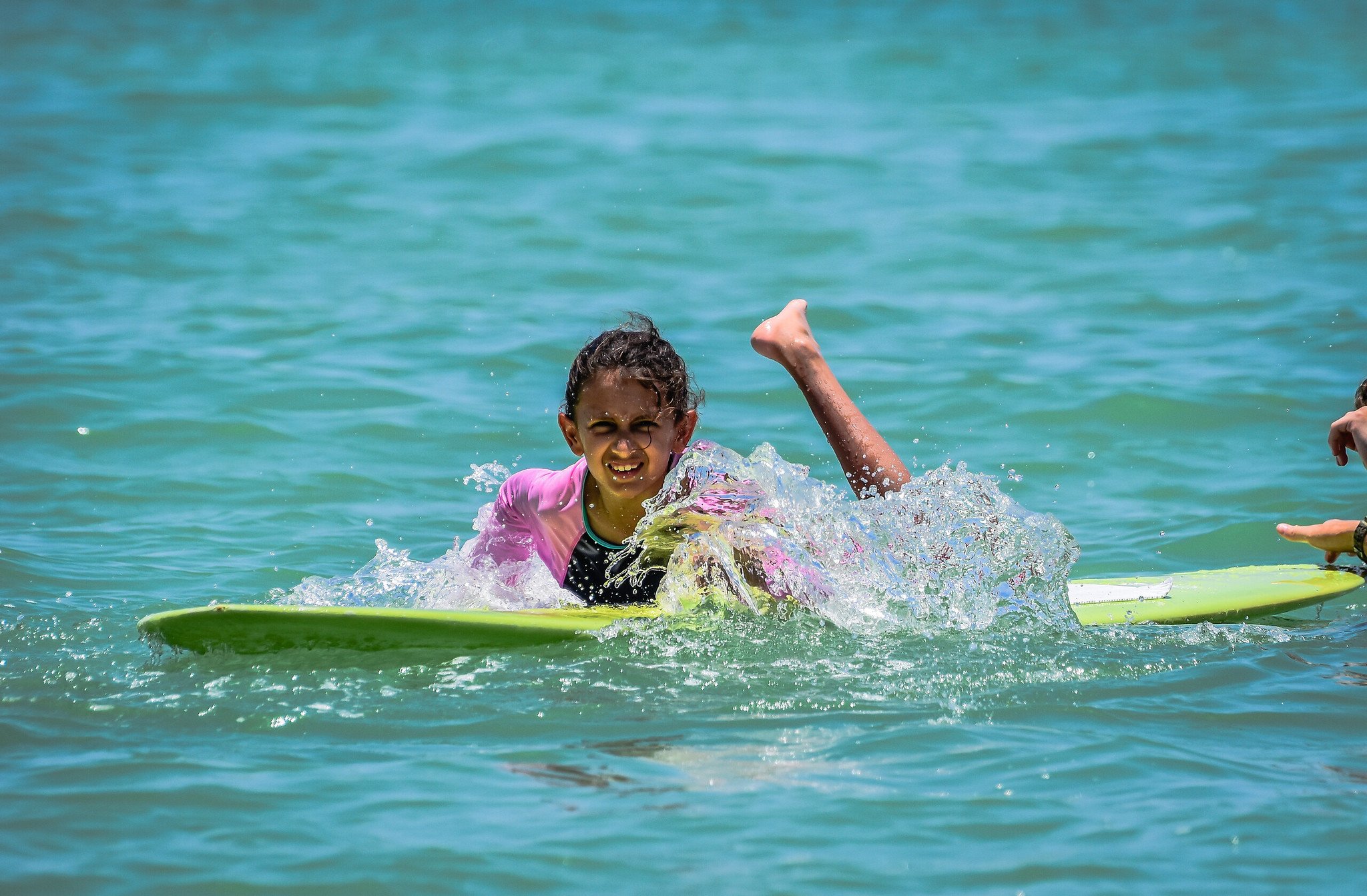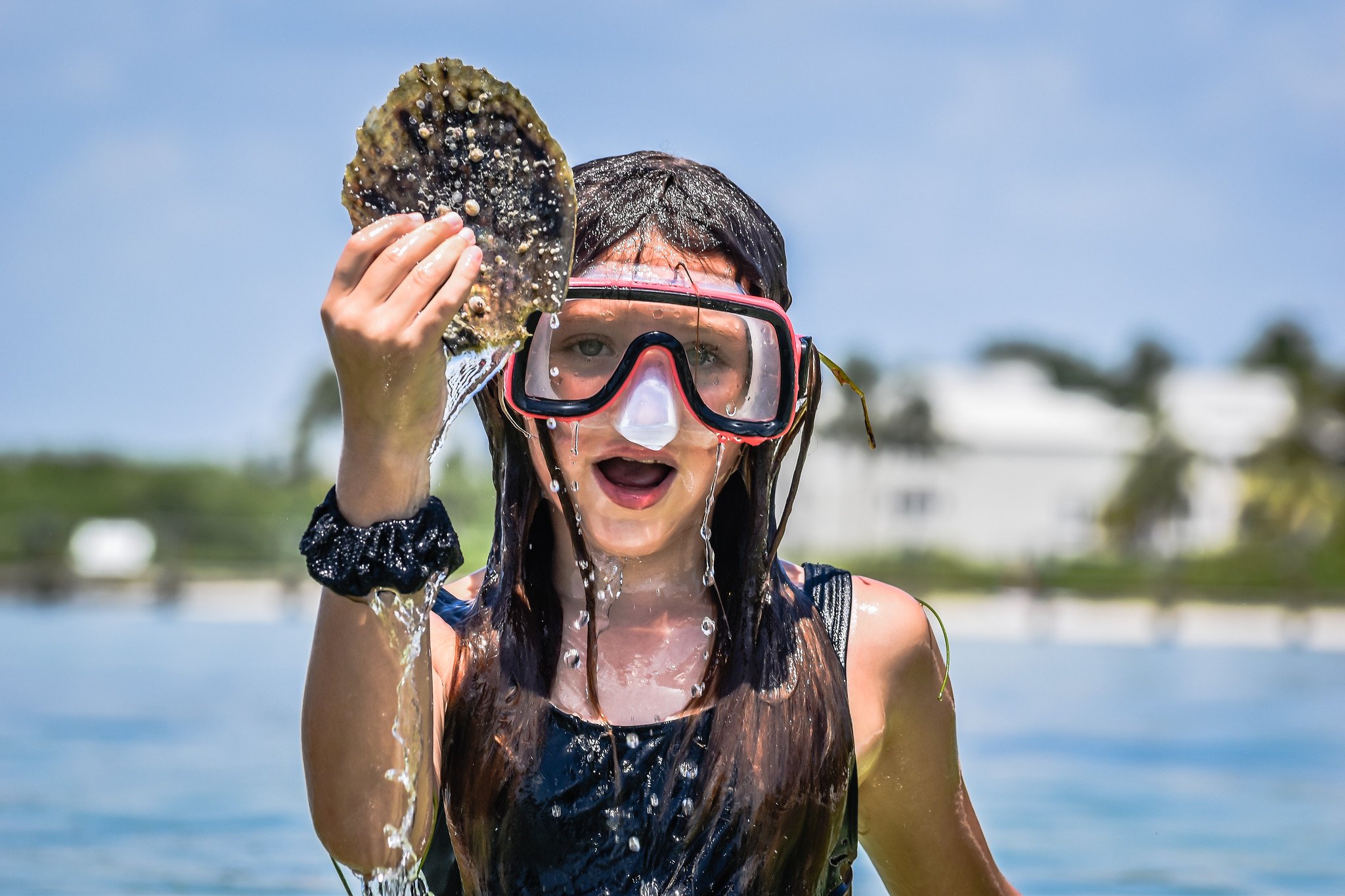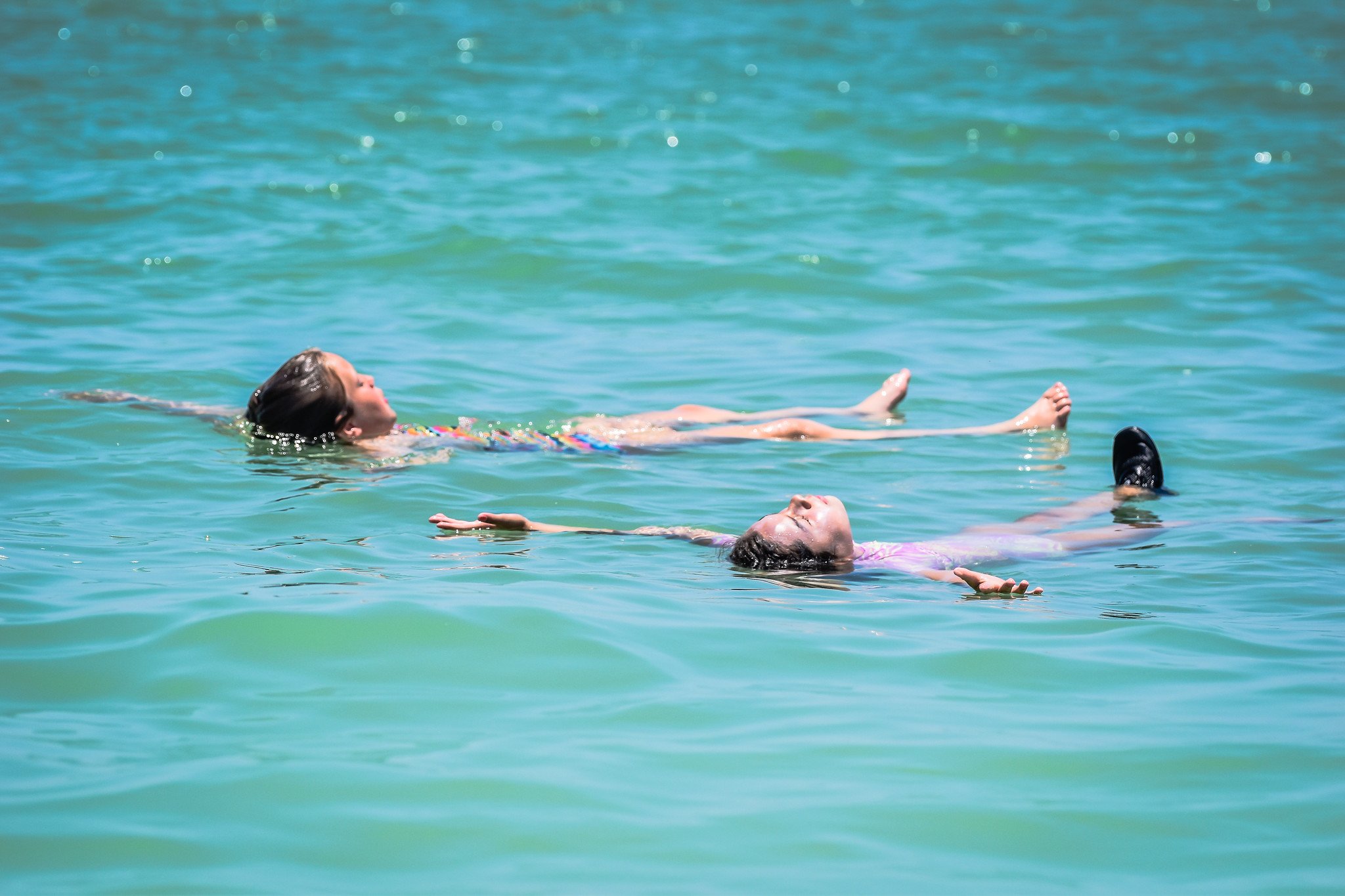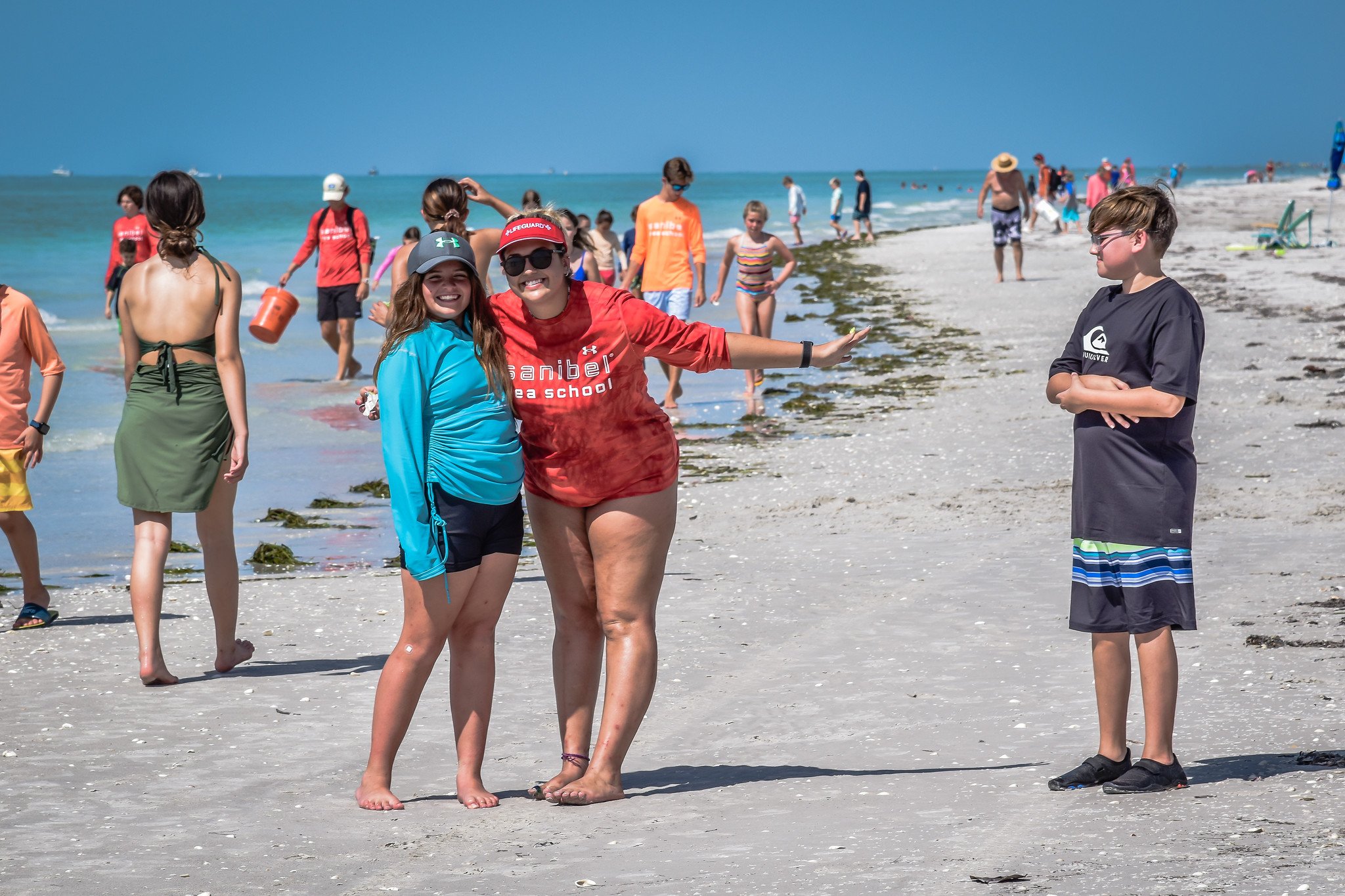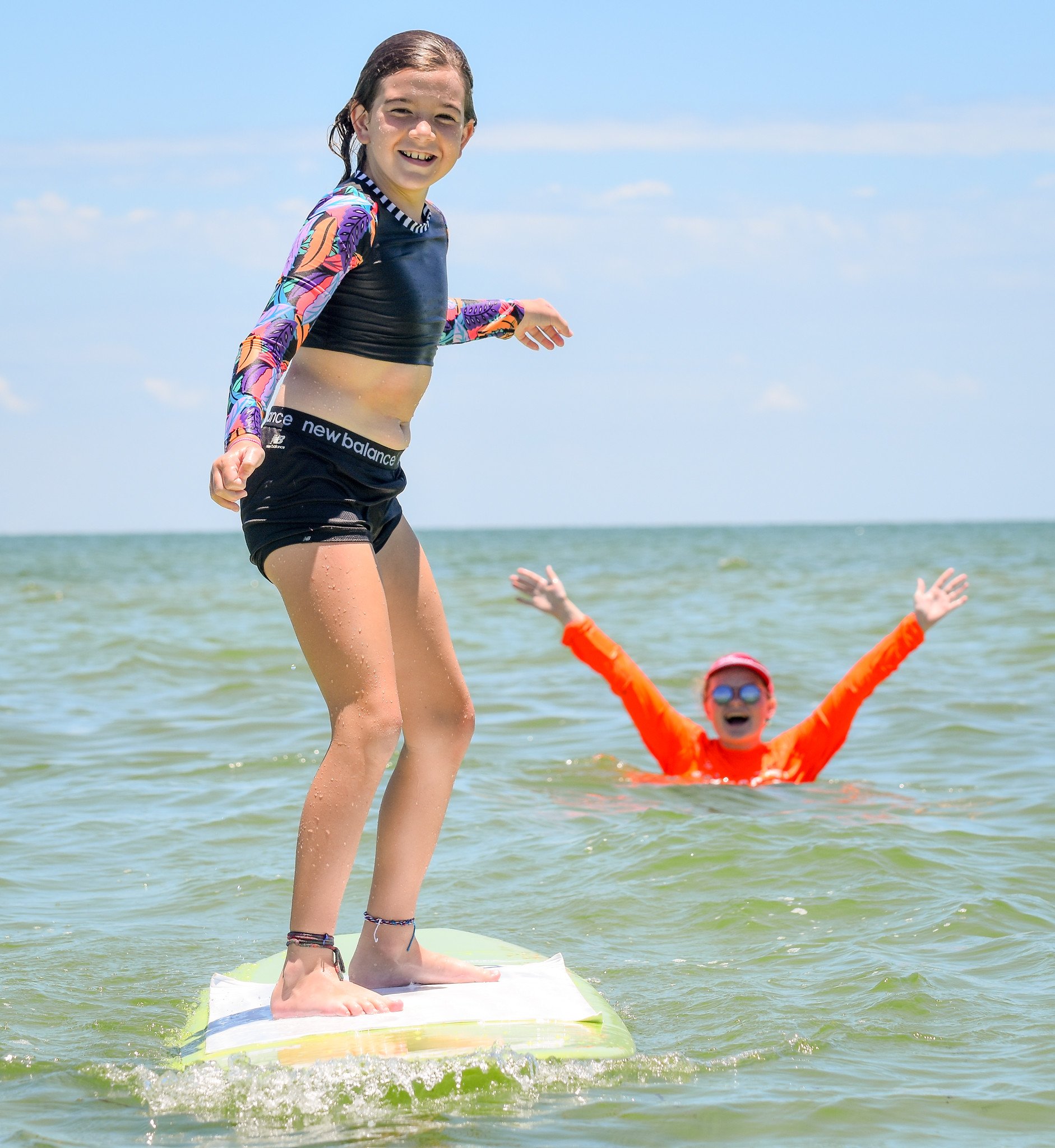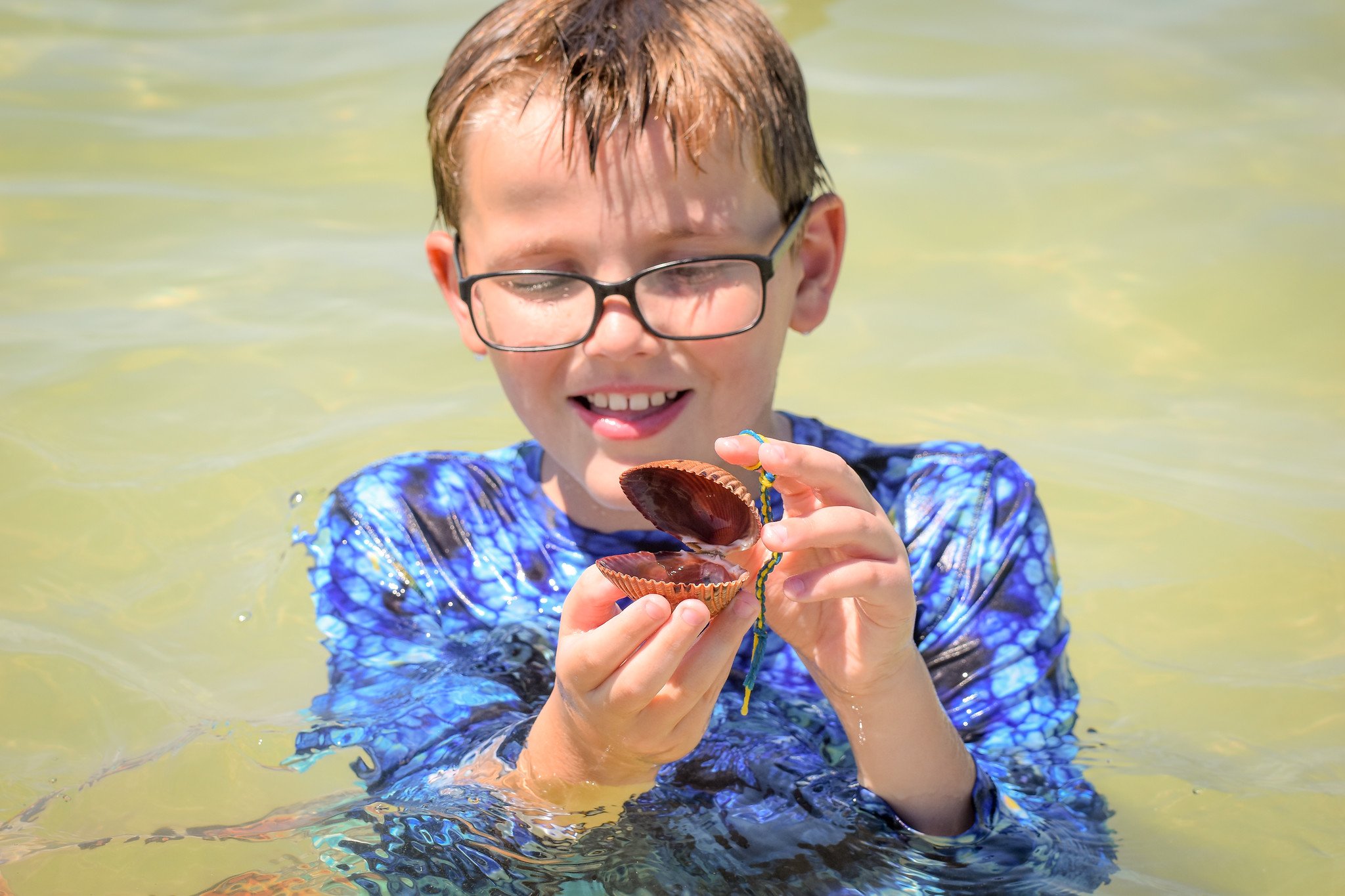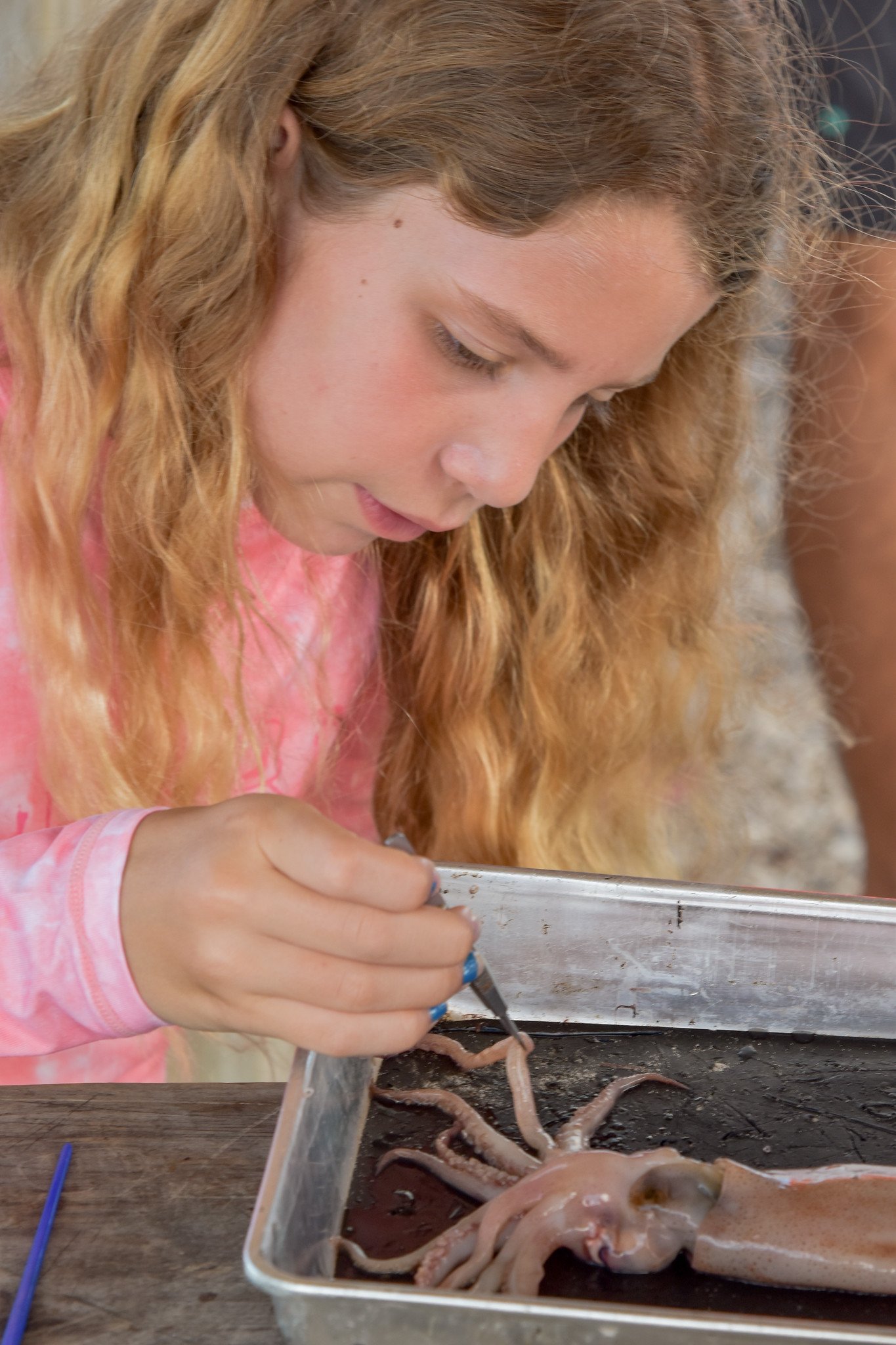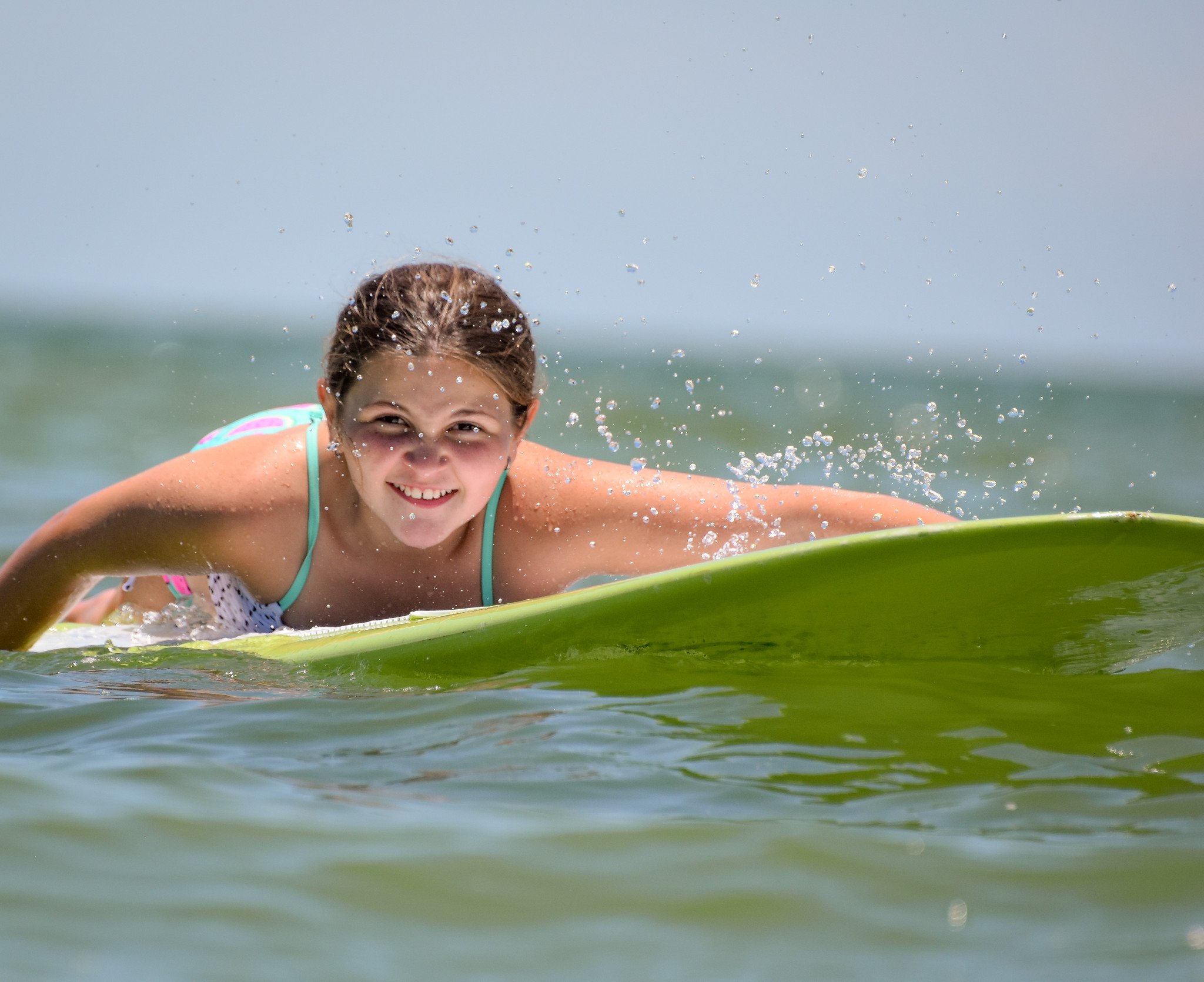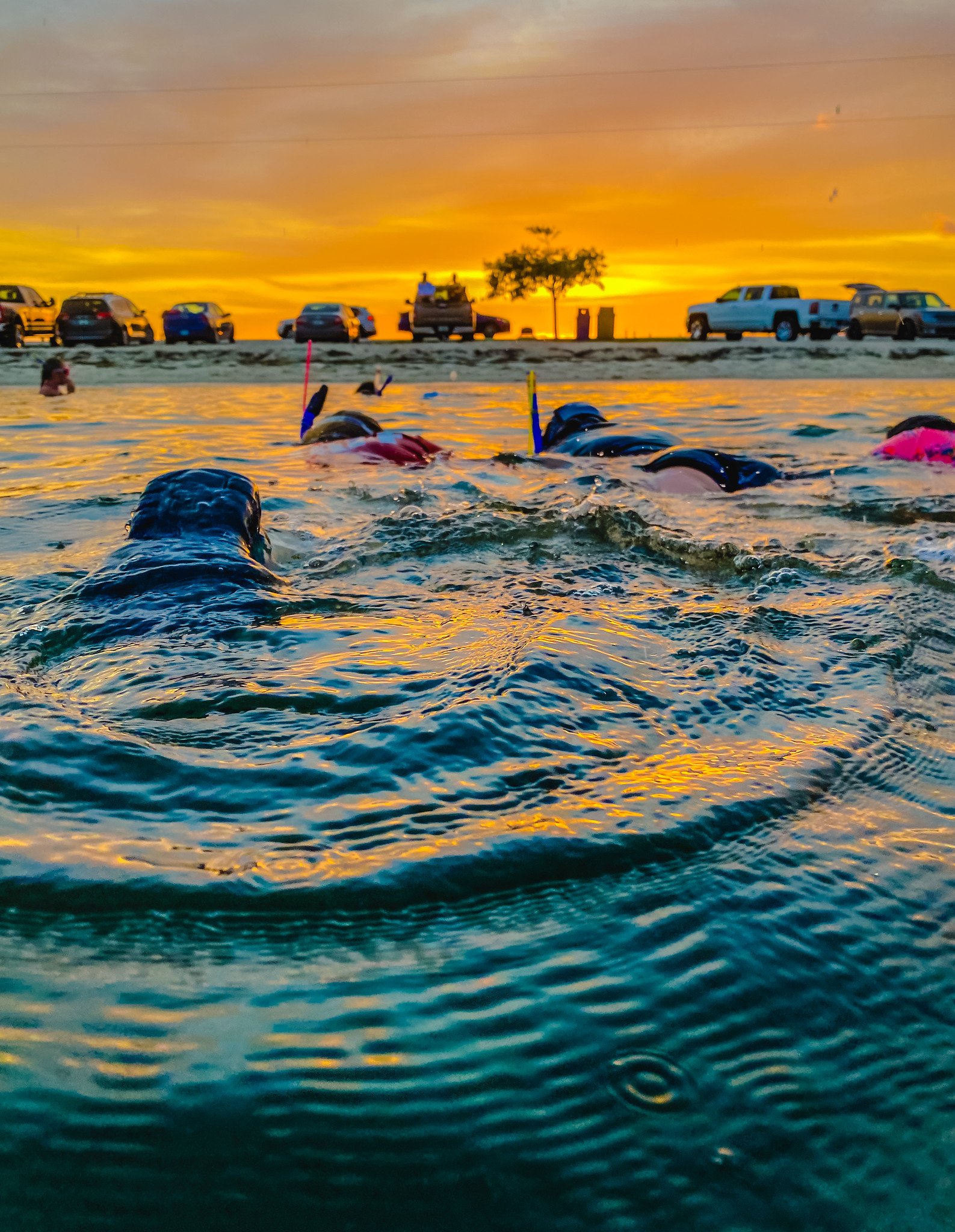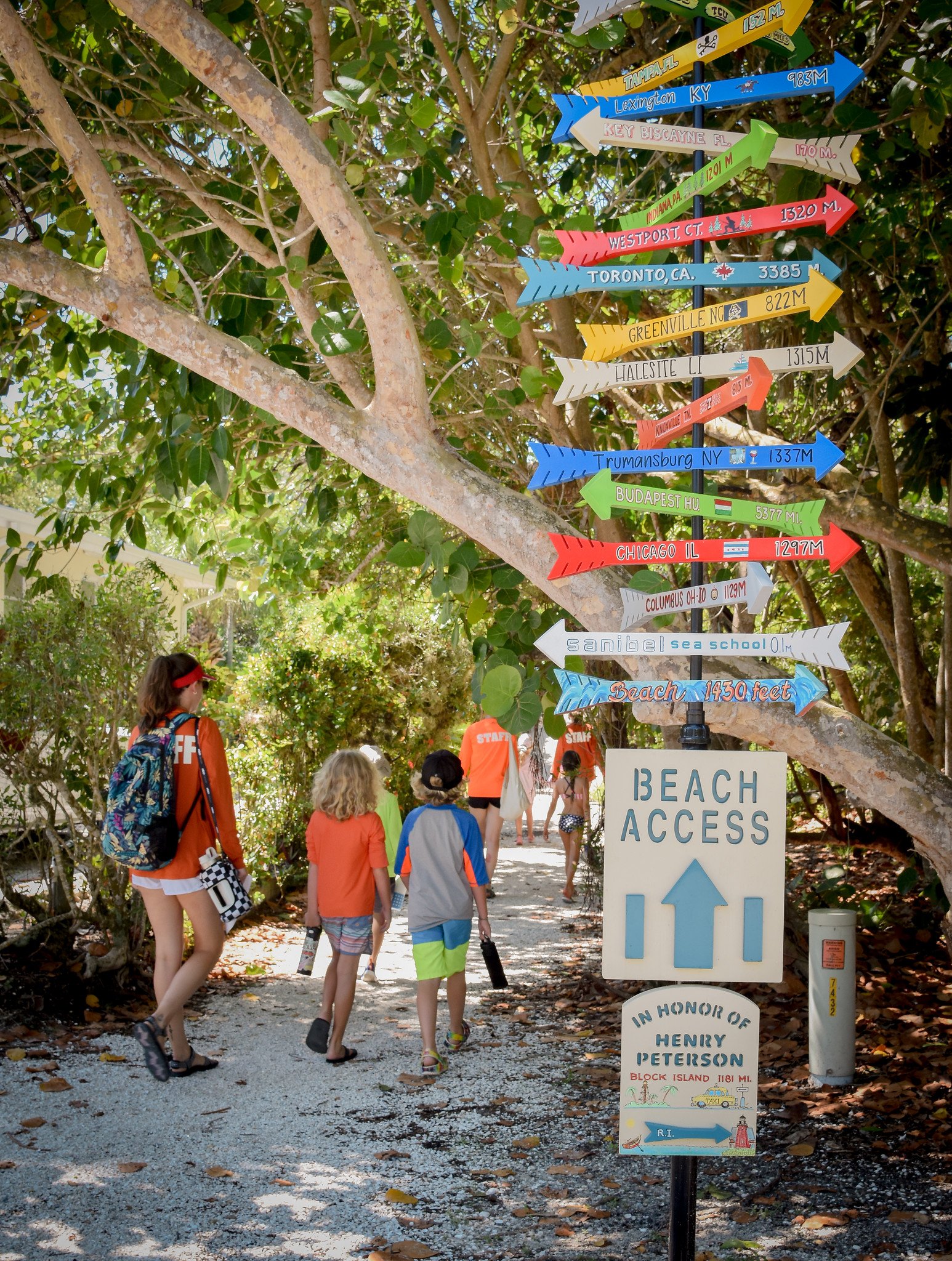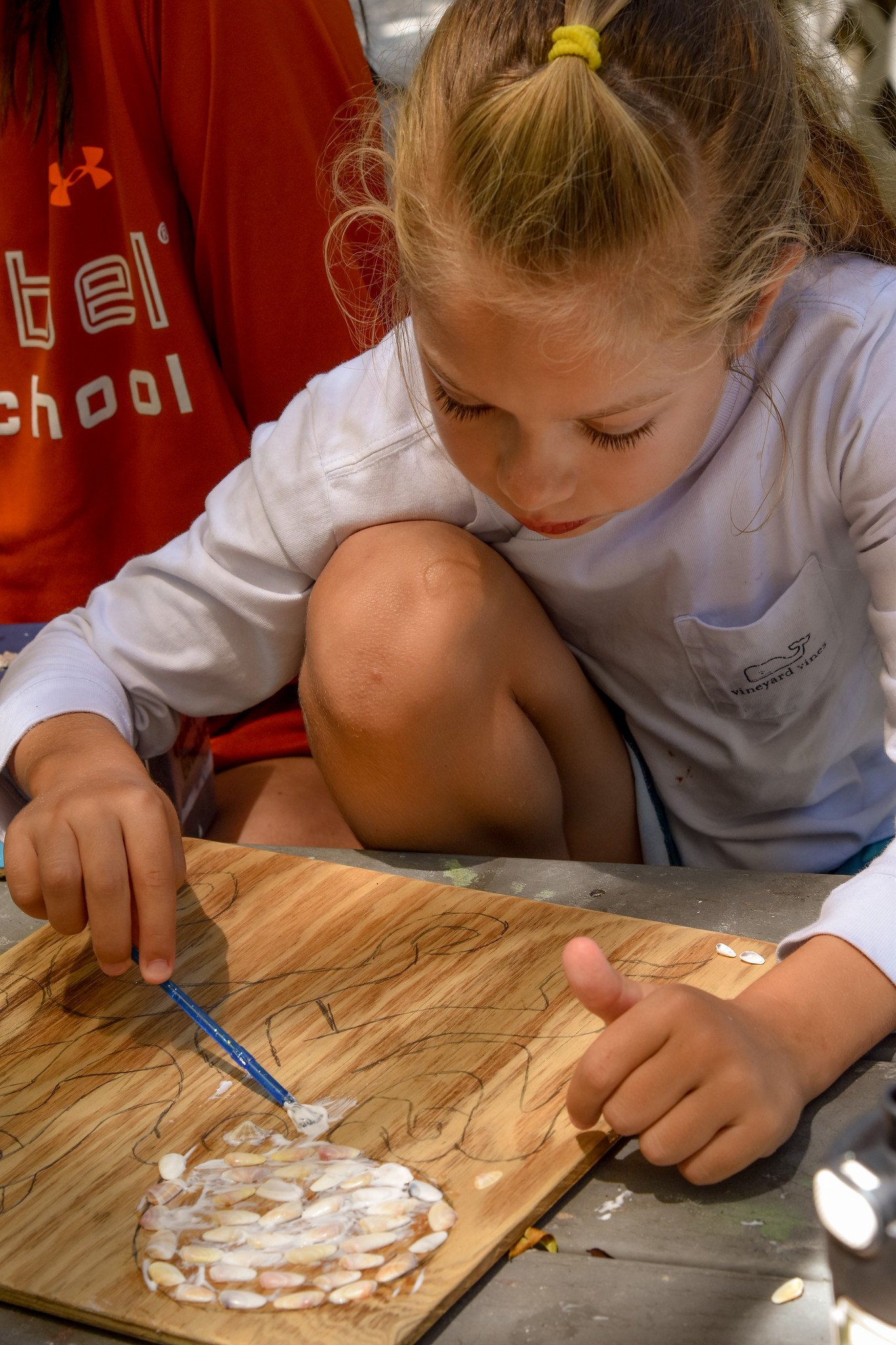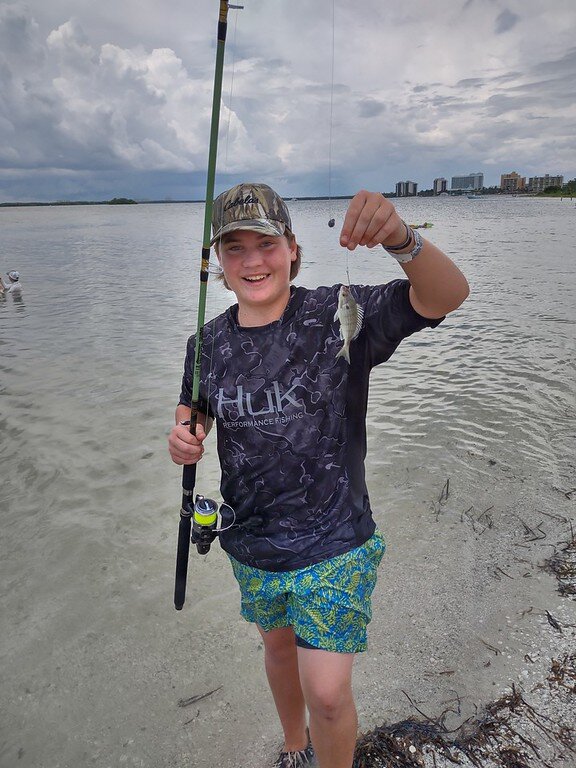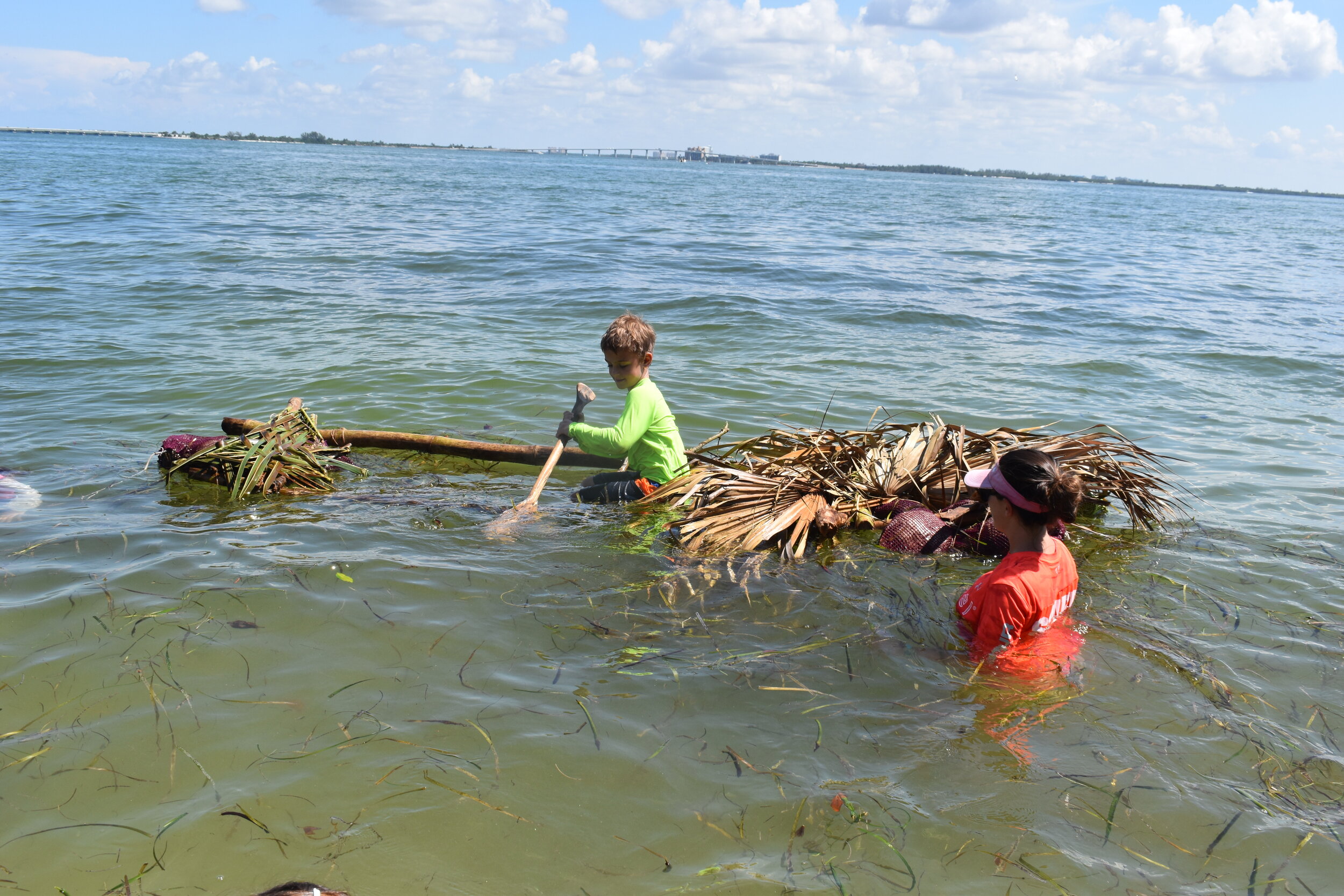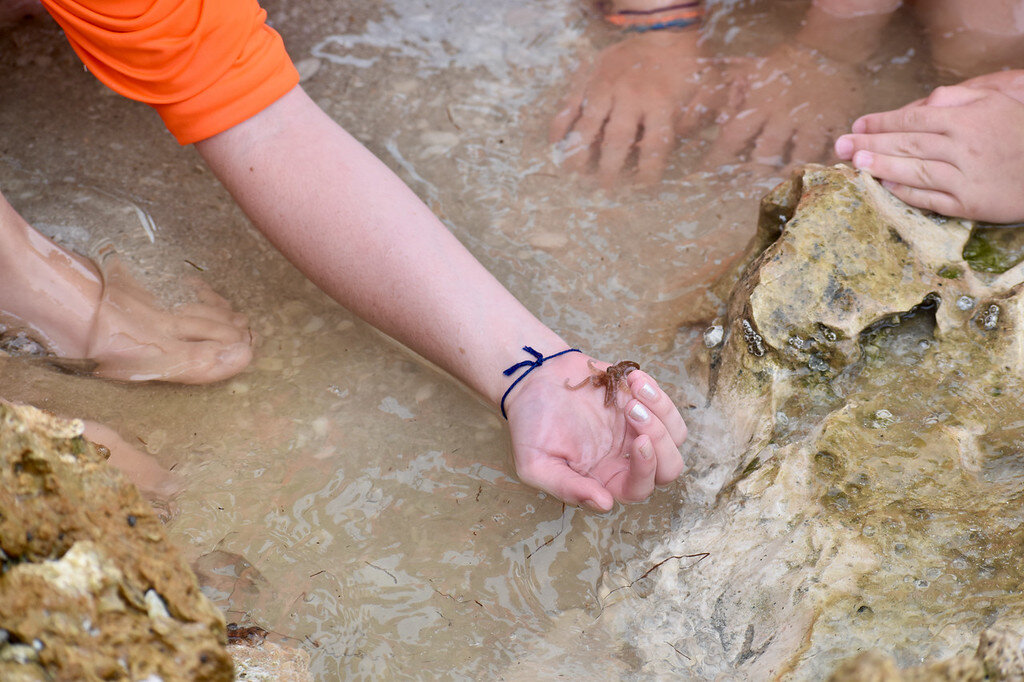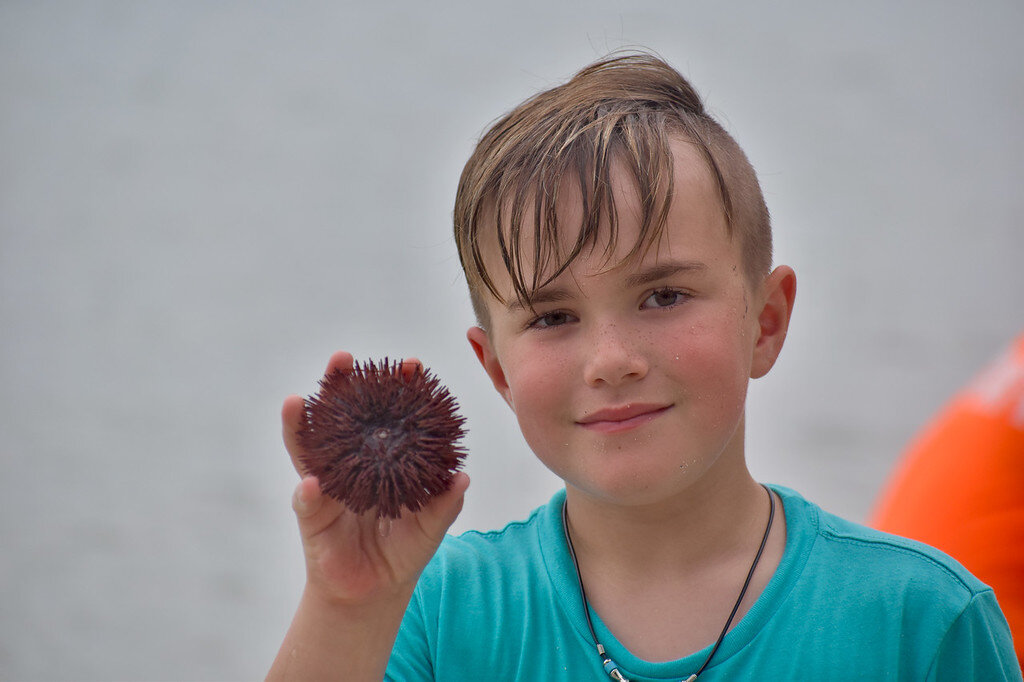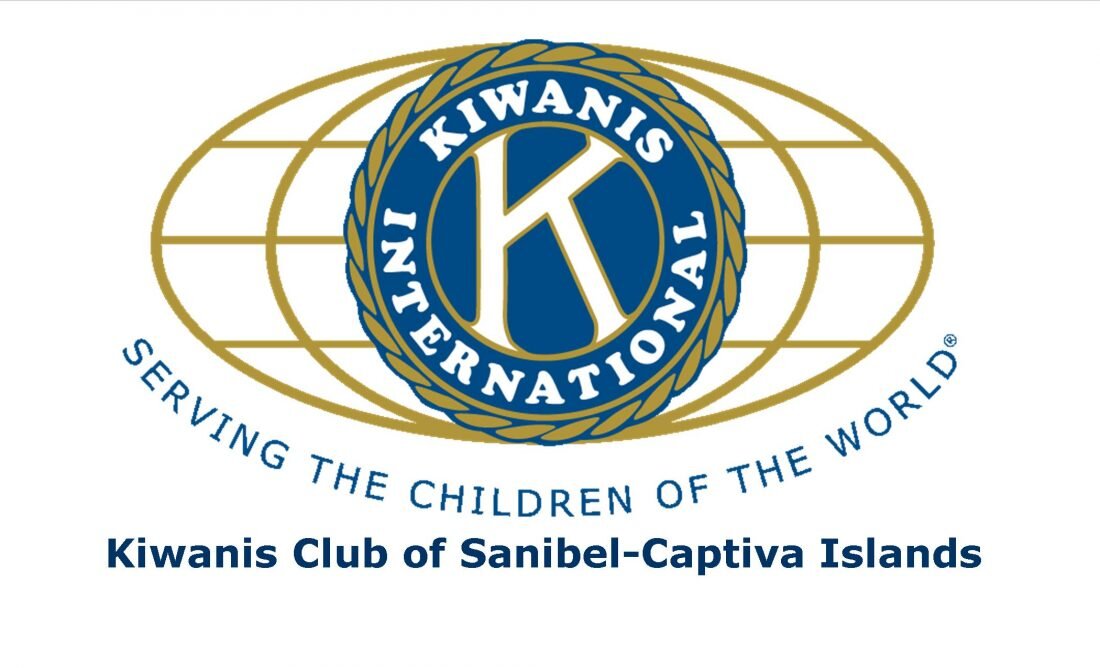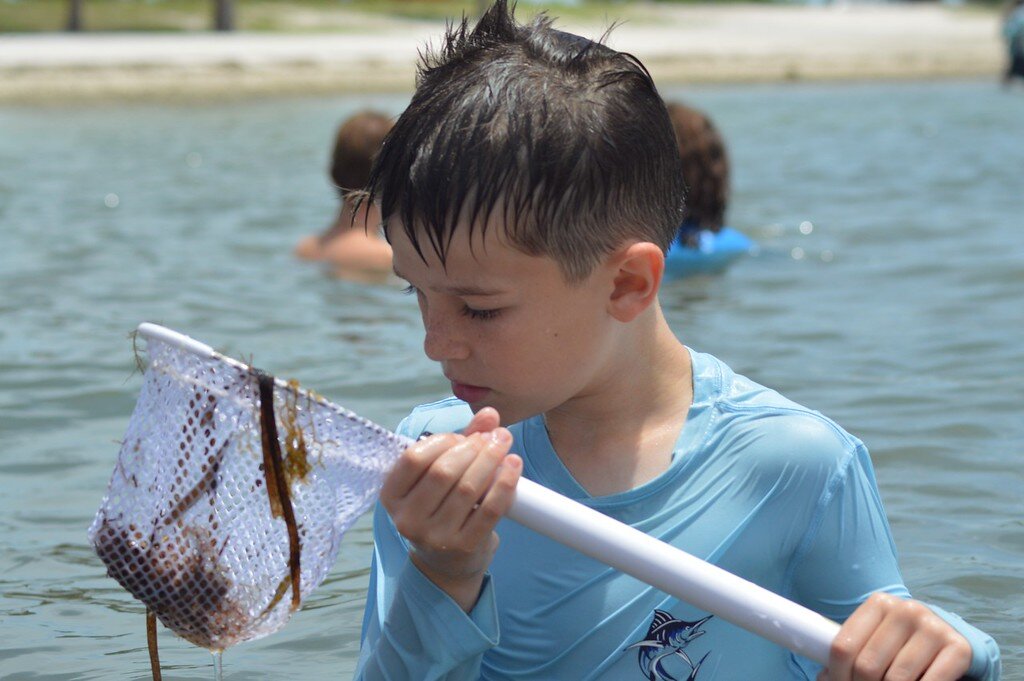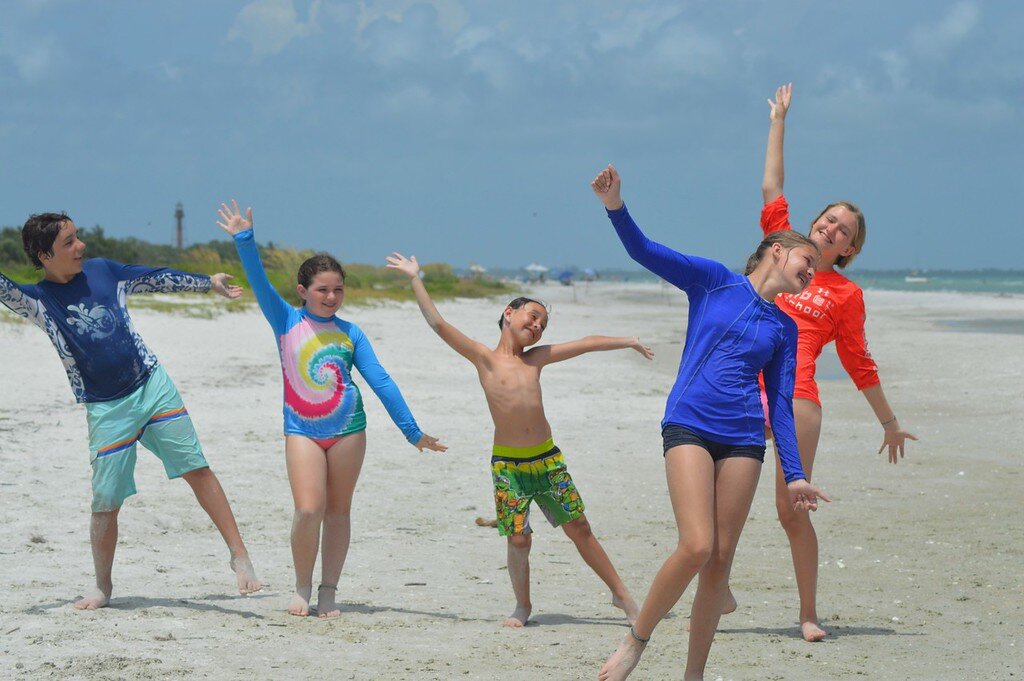Every year we look for energetic, fun, and kind camp counselors to share the magic of the ocean with campers and shape Counselors in Training into strong leaders. Some are returning this year; some are new, and we’re confident it will be one of the best crews to date. Learn a little bit more about them below:
Jaden Cabrera
Where are you from?
I was raised in Southwest Florida and spent much of my time learning about marine life at the beach.
What is your favorite sea creature, and why?
Jaden is returning for his 3rd year as a counselor!
My favorite sea creature right now is the gulper eel; they are so unique in how they vacuum in prey with their pelican-like mouths; I wish we understood more about them!
What are you most looking forward to this summer?
This summer, I look forward to playing Capture the Fish again.
You’re planning your next trip. Are you headed to the beach, mountains, forest, or desert?
If I had to plan my next trip, I would head to the beach.
What is your favorite outdoor activity?
My favorite outdoor activity would have to be basketball, preferably in winter when it isn't too hot and humid.
If you had a theme song, what would it be?
If I had a theme song, it would be the song "Family of Me" from the hit 2006 film Over the Hedge.
Anything else you’d like to share?
Another thing that is good to know about me is that I enjoy eating apples and oranges.
Audrey Boren
Where are you from?
Fort Myers, Fl
What is your favorite sea creature & why?
My favorite sea creature is the wonderful West Indian manatee! I have grown a strong love for them while working beside these beauties over the last few years. I love how docile and curious they can be in their environments. They live such peaceful lives, which is what I always strive to do for myself!
What are you most looking forward to this summer?
This summer, I am most looking forward to meeting and working with the kids of this camp. I am excited to be a role model for them and to share my love of the ocean with the younger generation. Working outside on an island that I have a deep passion for will be so much fun. I look forward to learning new skills that I can take with me for future endeavors.
You’re planning your next trip. Are you headed to the beach, mountains, forest, or desert?
Born and raised in SWFL, I head toward the mountains on vacation. I love seeing the change in topography from what I am used to and experiencing different wildlife that we do not get down here. However, the deserts out West are set up for my next big trip!
What is your favorite outdoor activity?
My favorite outdoor activity is hiking. I love being out in nature and experiencing it on foot. I enjoy being able to stop whenever I want to analyze something that intrigues me, all while getting good exercise. It is nice to stop and look at the tiny creatures that are easily passed by and learn about new plants and animals while on the trails.
If you had a theme song, what would it be?
My theme song would be Pump It Up by Endor. The whole song says, "Don't you know? Pump it up. You got to pump it up." Those are the only words. But the beat that goes with the song is such a mood-setter that you cannot be in a bad mood when it comes on. It always gets my head bopping and puts a smile on my face!
Ethan Robbins
Where are you from?
Dayton, Ohio
What is your favorite sea creature & why?
Sea Horses. I think it’s cool how they can latch onto seaweed, coral, and so much more with their tails!
What are you most looking forward to this summer?
I look forward to meeting and working with all the campers all summer.
You’re planning your next trip. Are you headed to the beach, mountains, forest, or desert?
The Mountains, I love to hike!
What is your favorite outdoor activity?
I love canoeing and shelling.
If you had a theme song, what would it be?
Second-Hand News by Fleetwood Mac.
Anything else you’d like to share with us?
This will be my seventh year at sea school. For the past five years, I’ve been a CIT. I’m excited to see the counselor's perspective.
Stella Camp
Where are you from?
I am from North Canton, Ohio.
What is your favorite sea creature & why?
My favorite sea creatures are octopuses; they are such amazing and intelligent creatures, and I'm lucky to share the earth with them.
What are you most looking forward to this summer?
I look forward to being outside and active daily; I can't wait to help campers learn about the ocean.
You’re planning your next trip. Are you headed to the beach, mountains, forest, or desert?
Most definitely, the beach
What is your favorite outdoor activity?
Probably hiking or snorkeling
If you had a theme song, what would it be?
Rock Lobster by the B-52s
Joe Uhlir
Joe’s returning as a counselor for his second year!
Where are you from?
Mentor, Ohio
What is your favorite sea creature, and why?
Octopus because I love how unique and intelligent they have proven themselves.
What are you most looking forward to this summer?
I was a counselor last summer, and it was an absolute blast. I’m excited to see some familiar faces and meet new campers!
You’re planning your next trip. Are you headed to the beach, mountains, forest, or desert?
As much as I love a good relaxing beach day, I must say mountains. I love going on hikes in scenic places.
What is your favorite outdoor activity?
I love hiking. Great way to relax and explore but also burn some calories while I’m at it
If you had a theme song, what would it be?
I’d have to go with The Adults Are Talking as my theme song because it’s my favorite right now.


